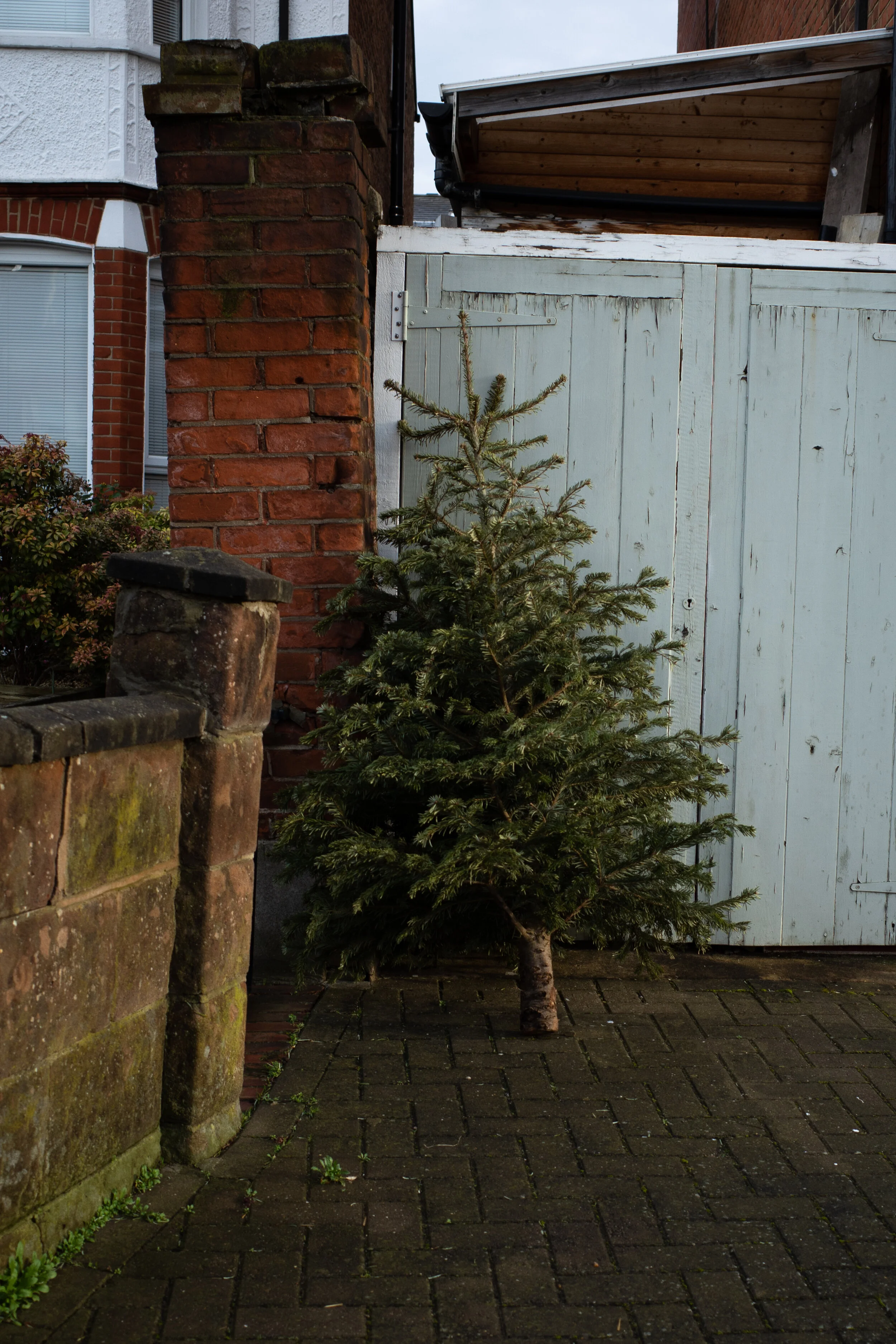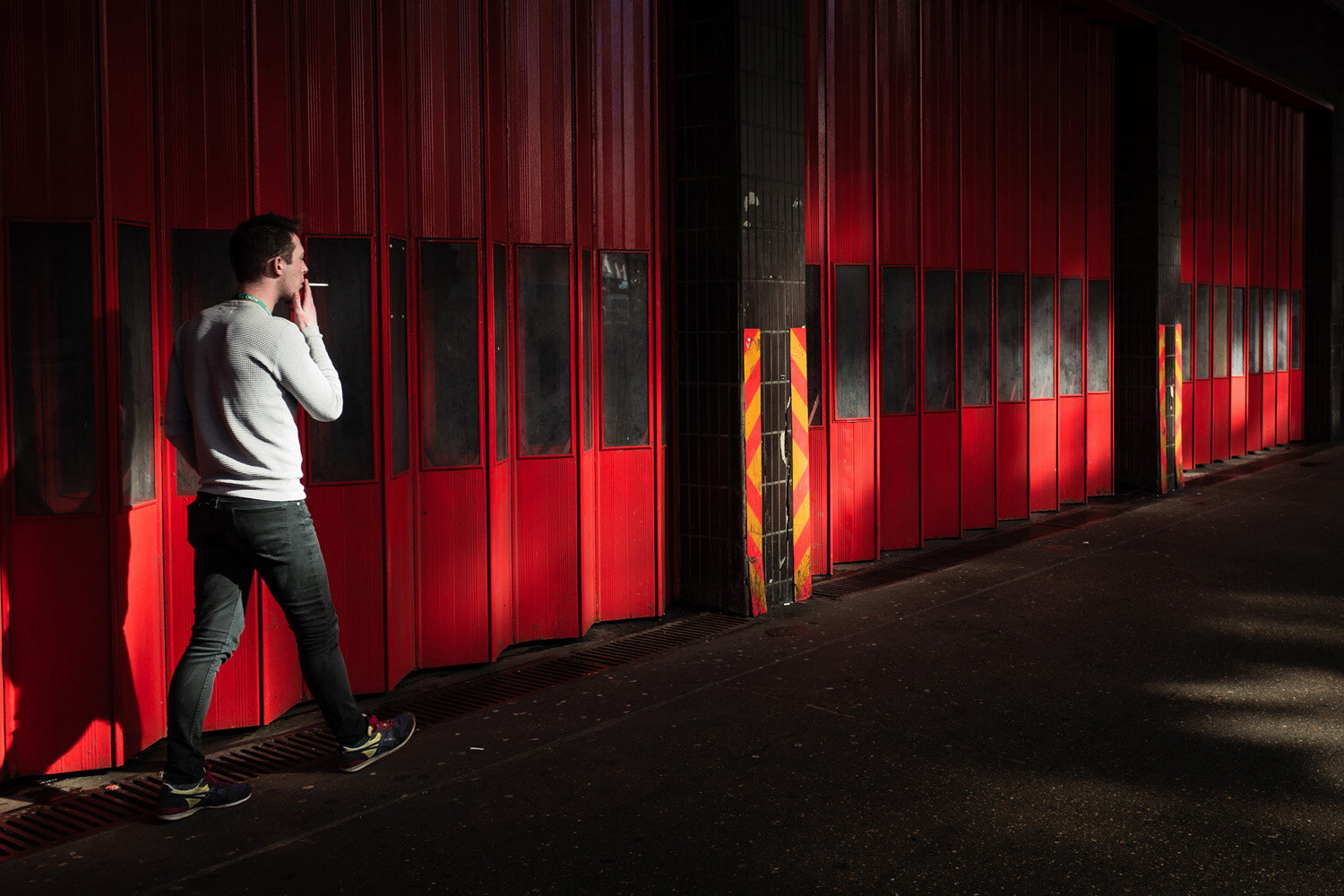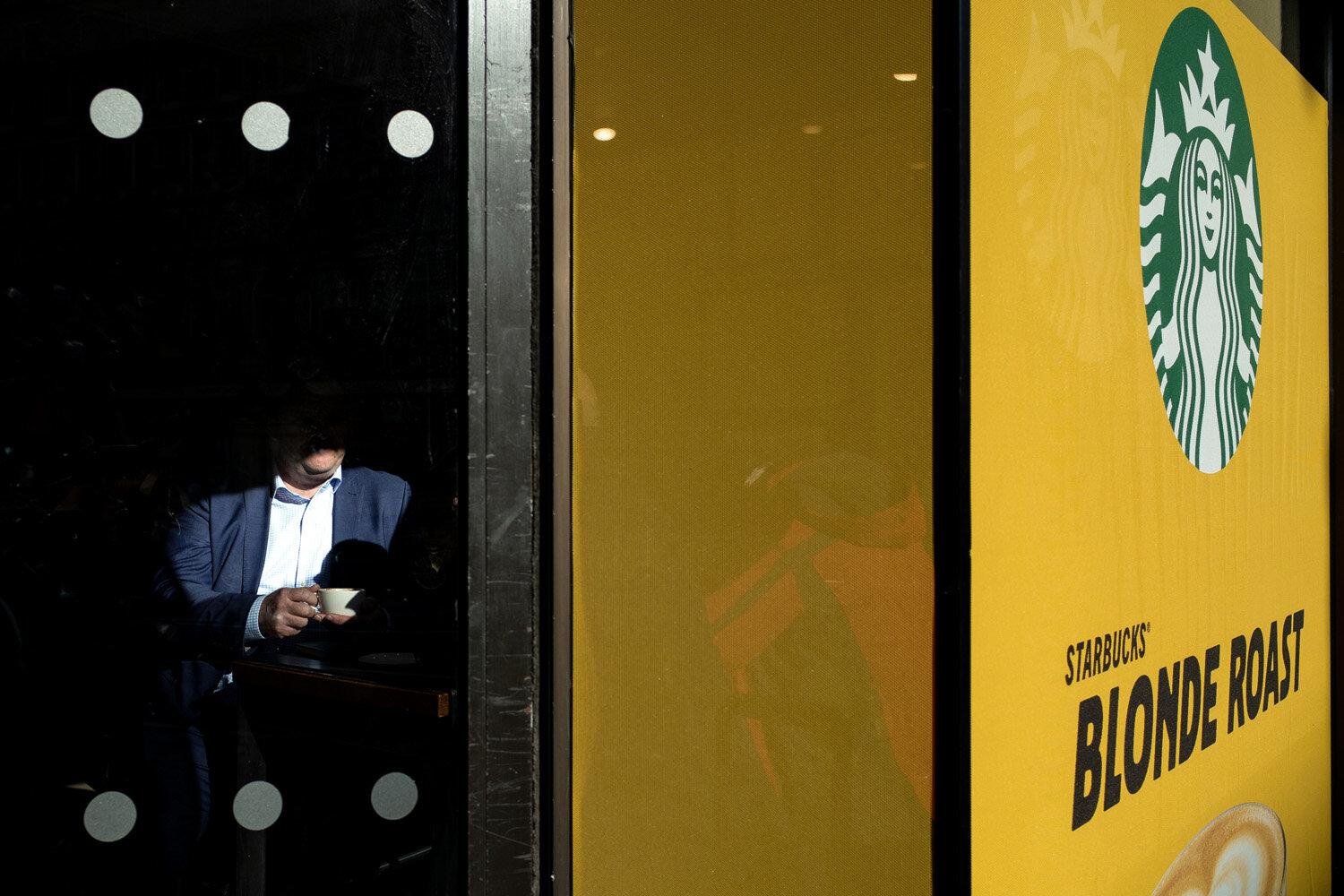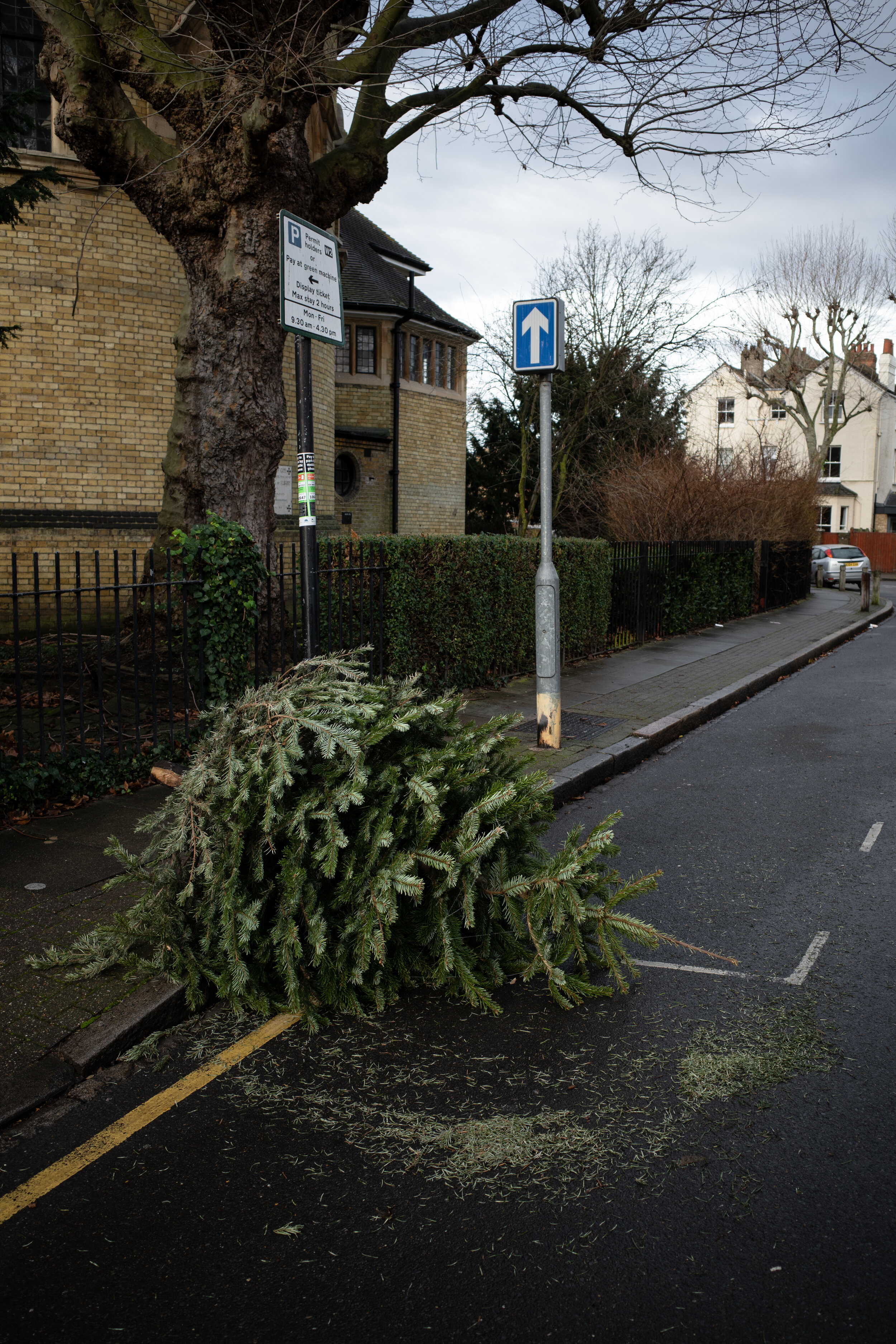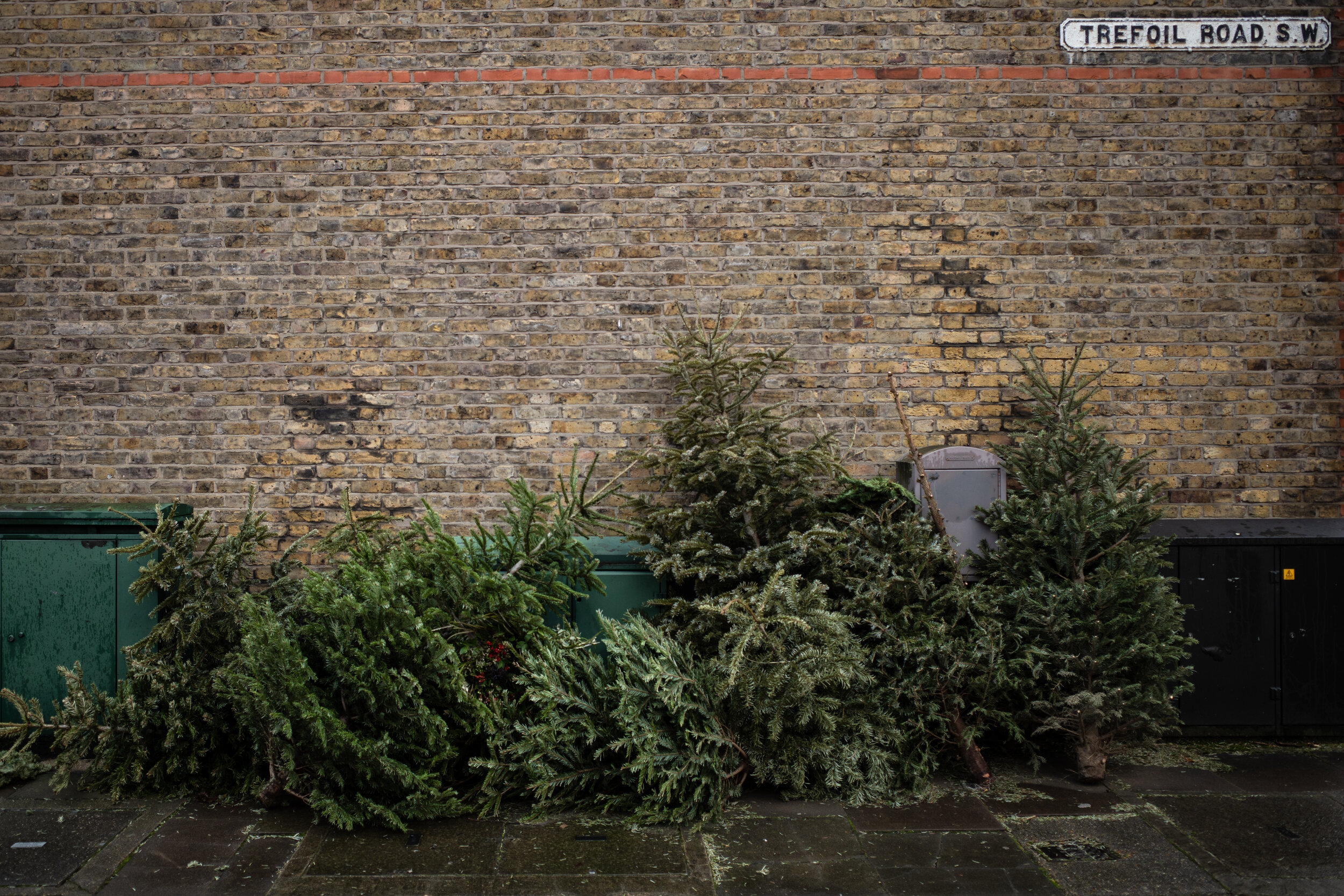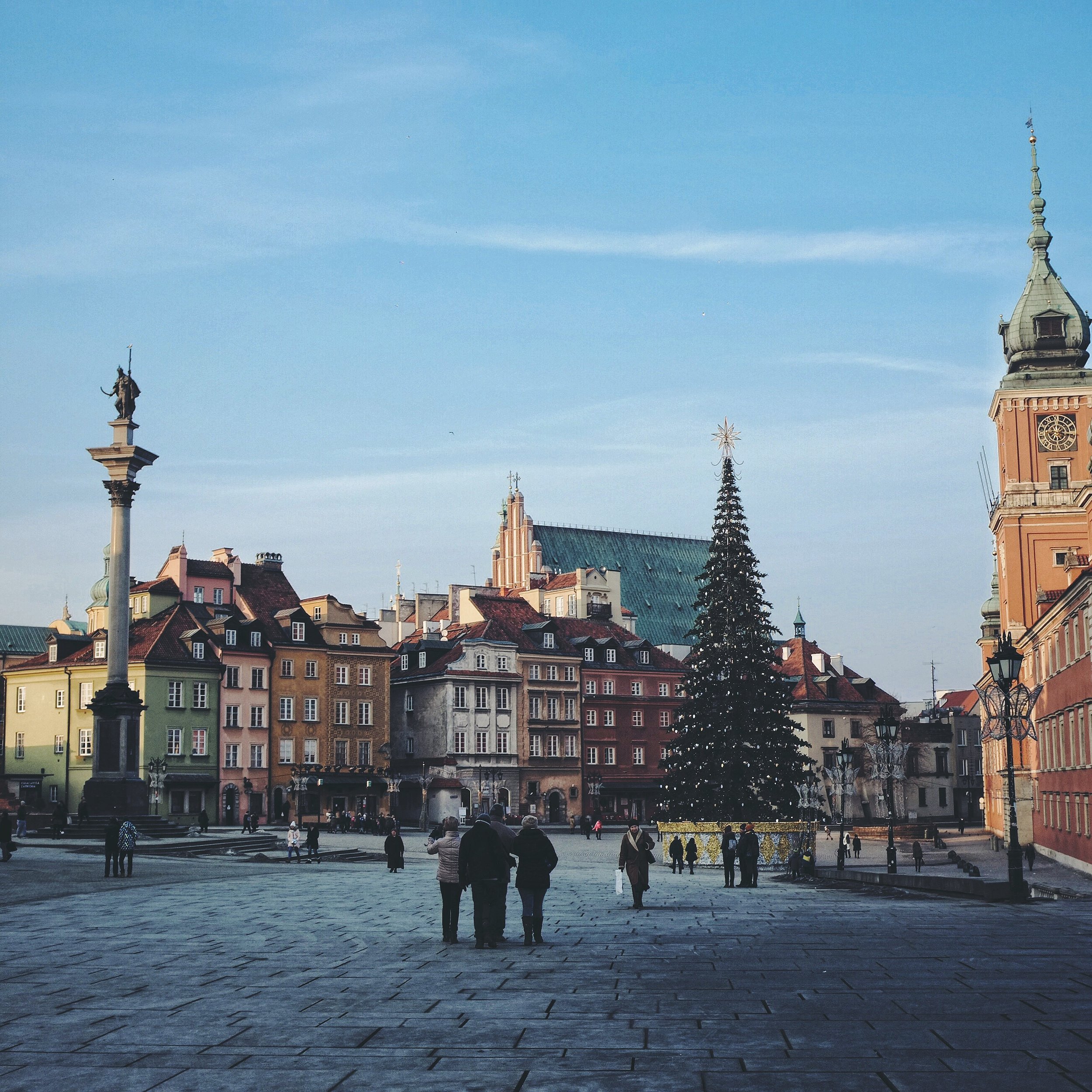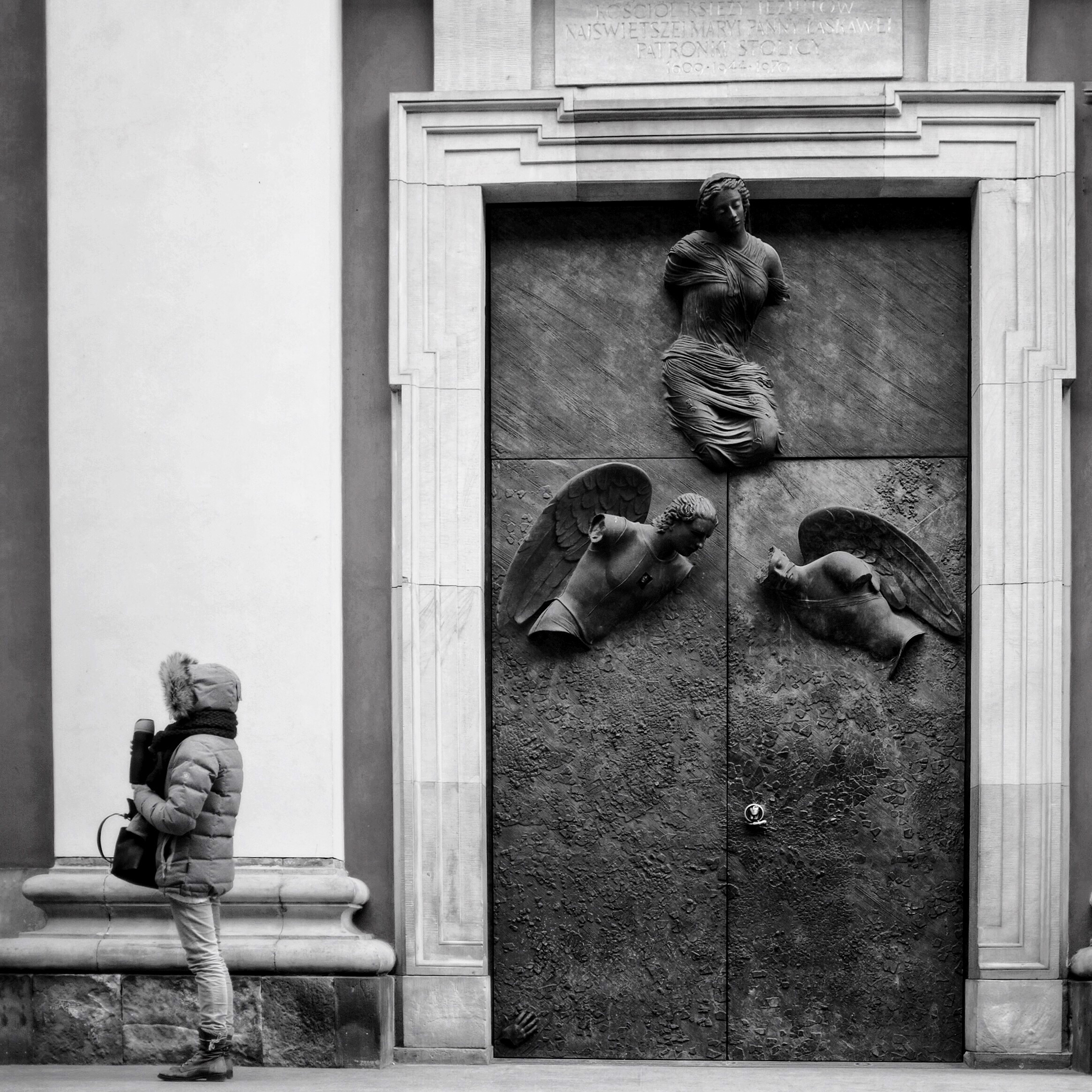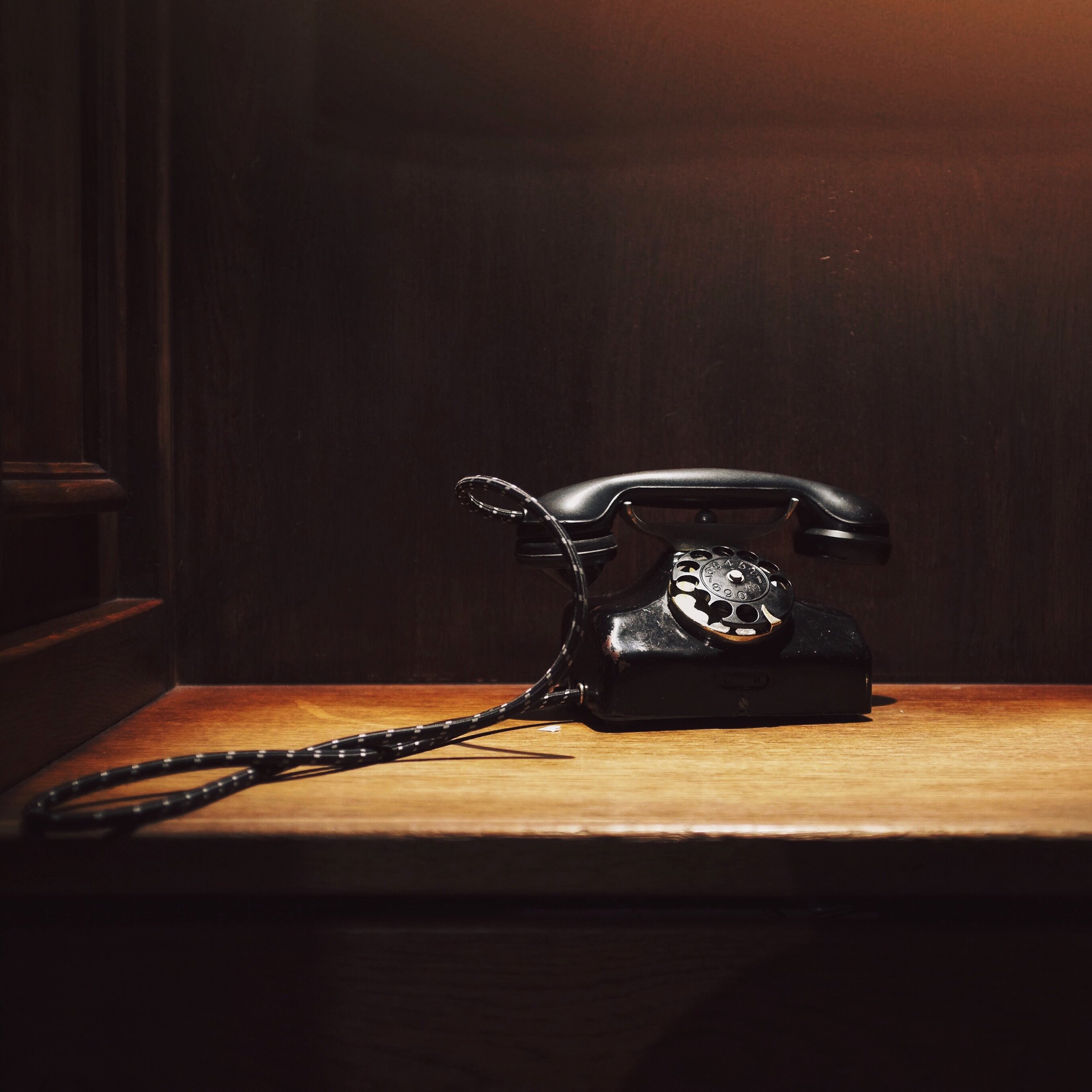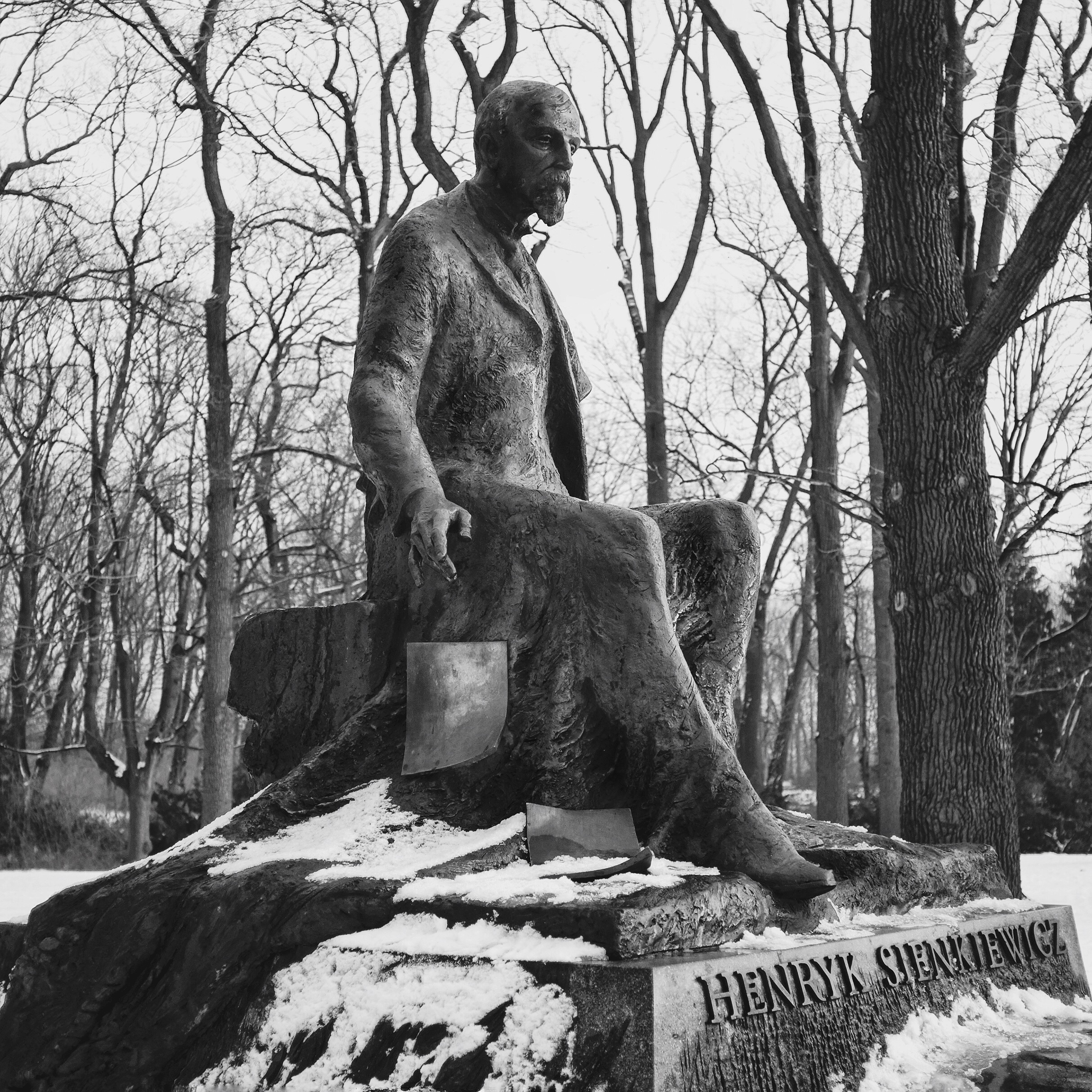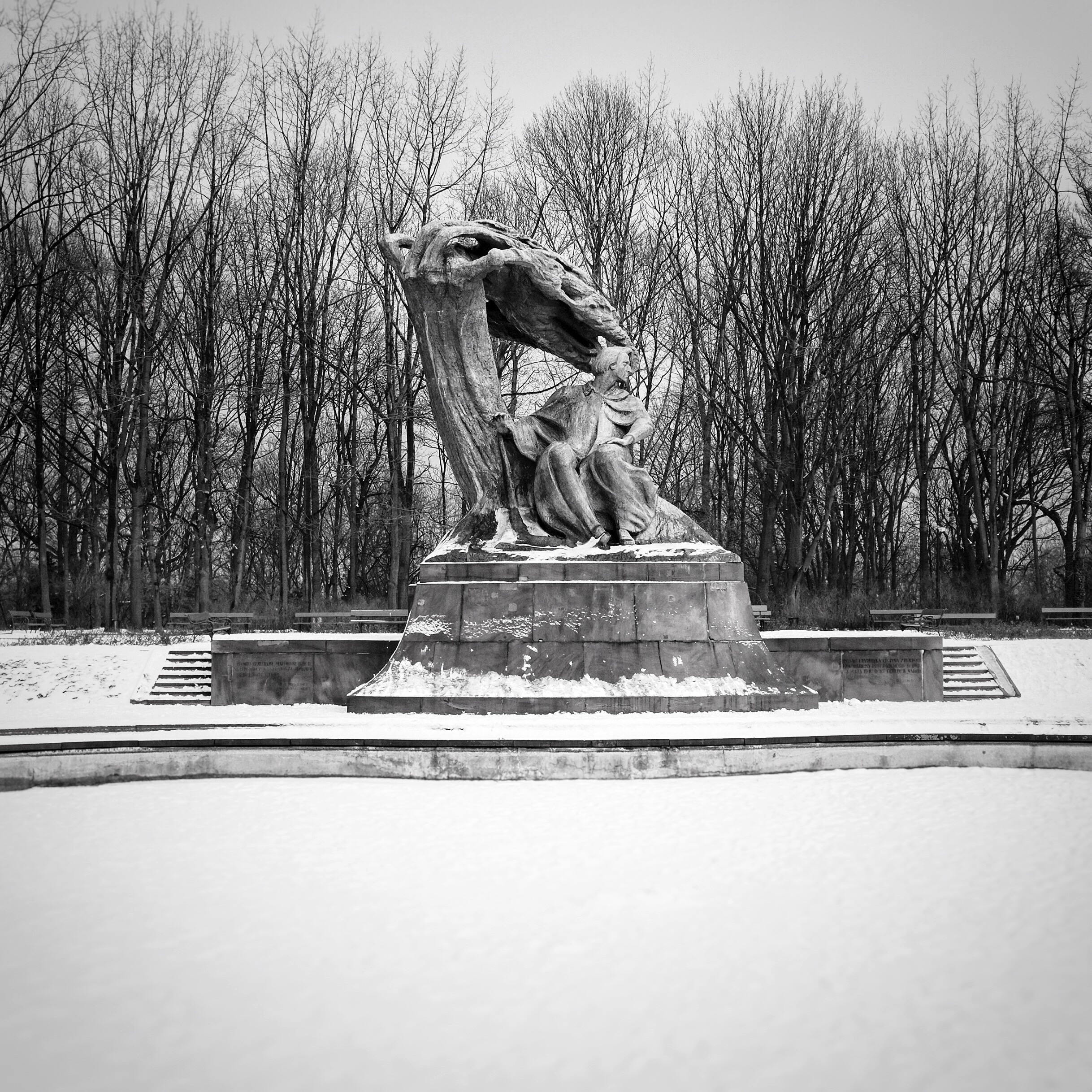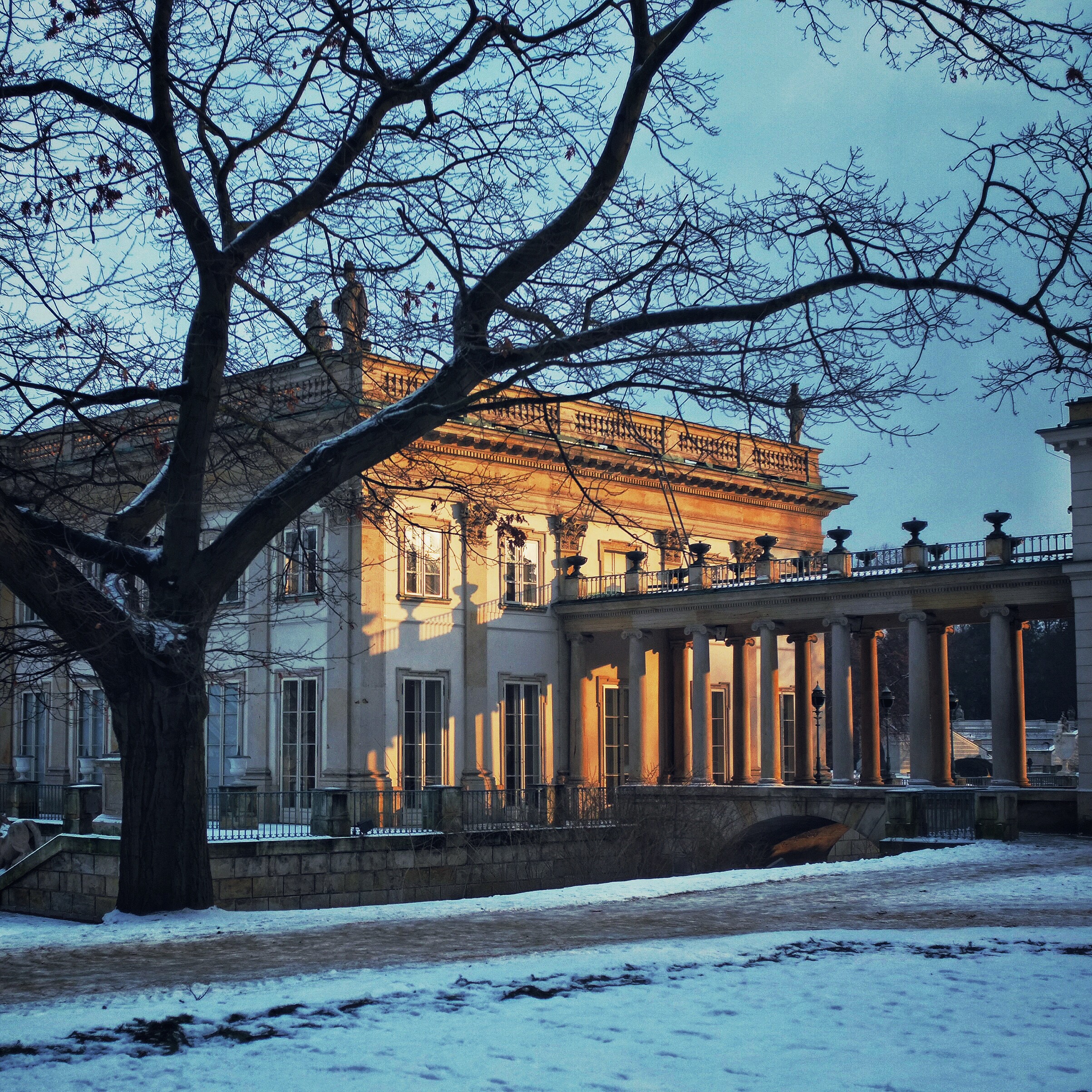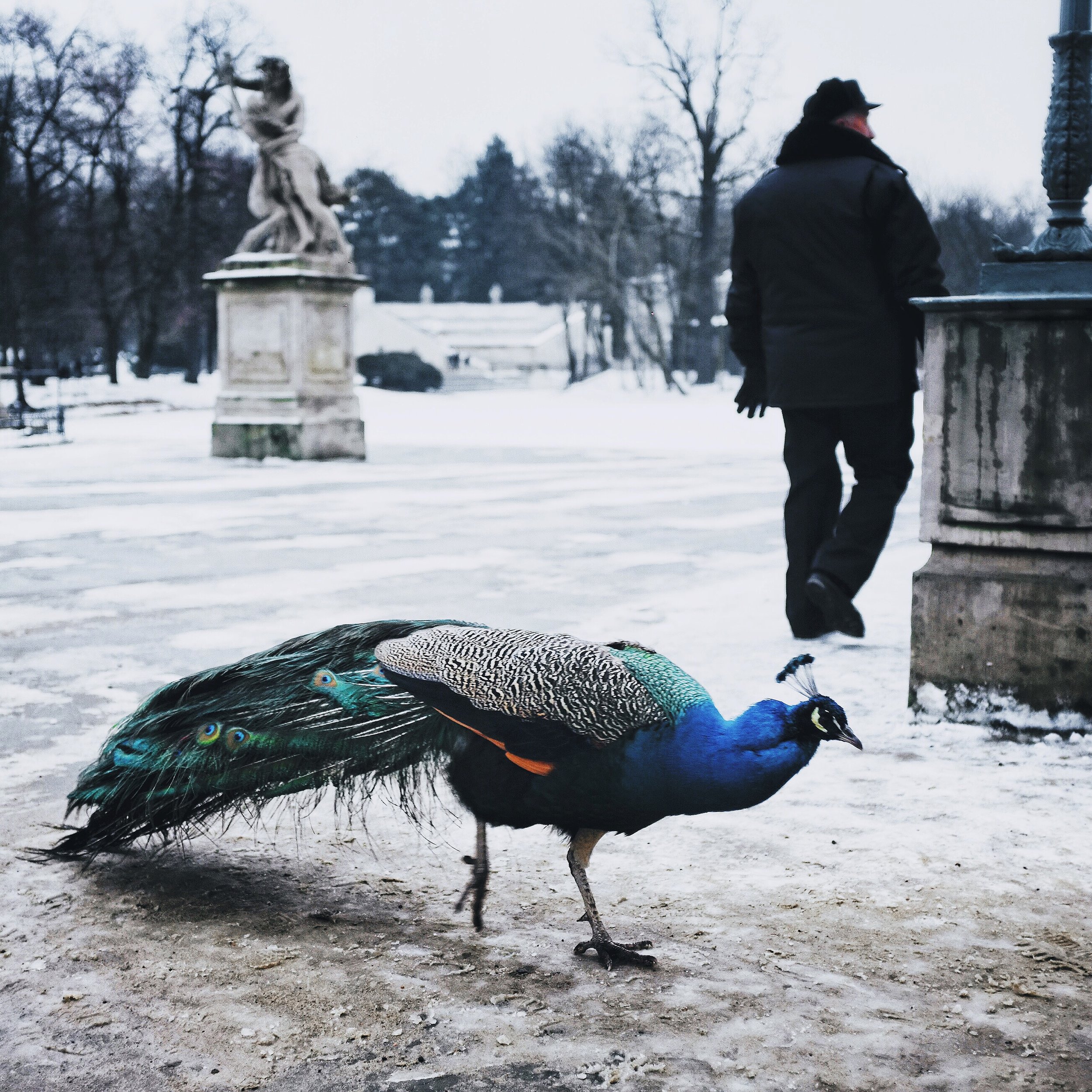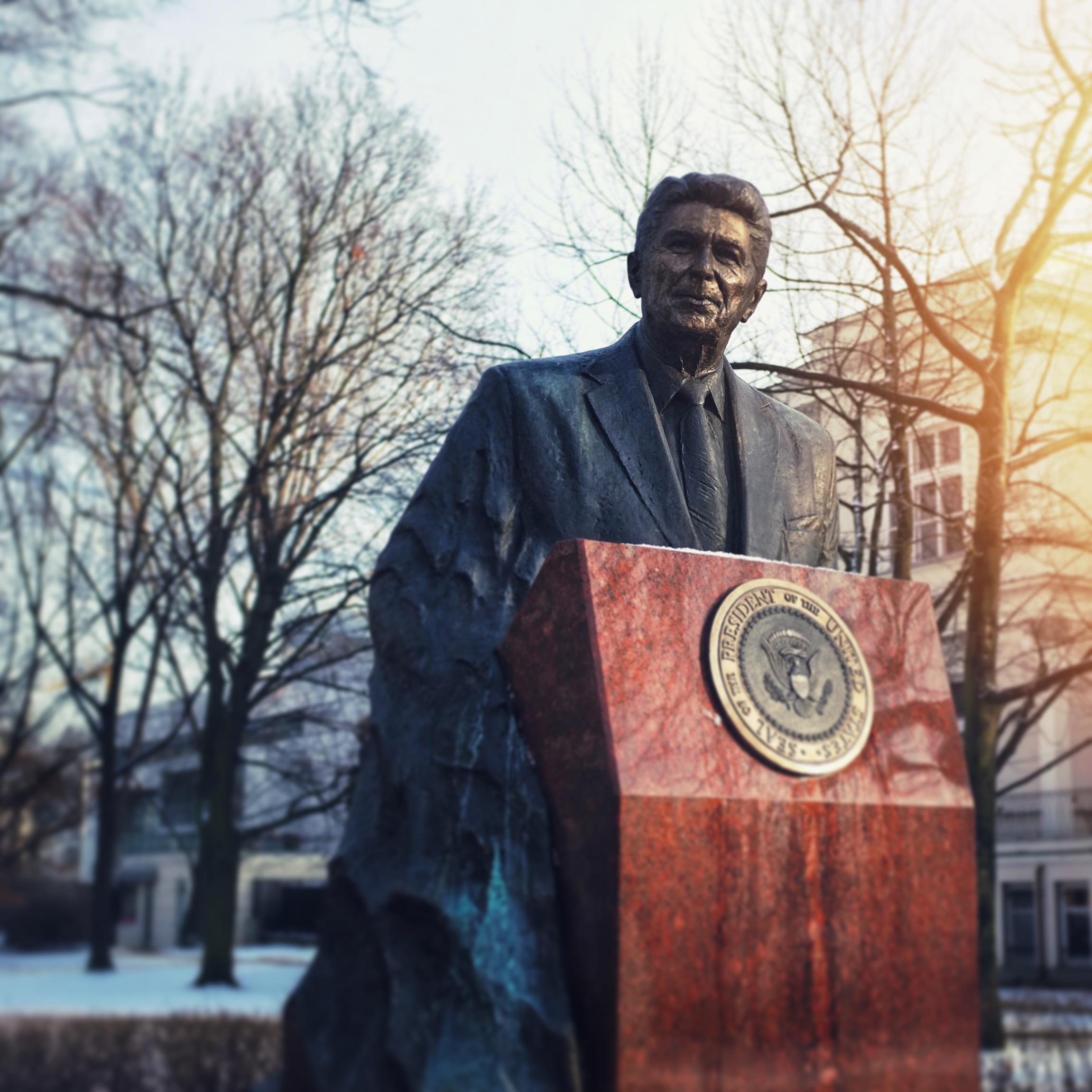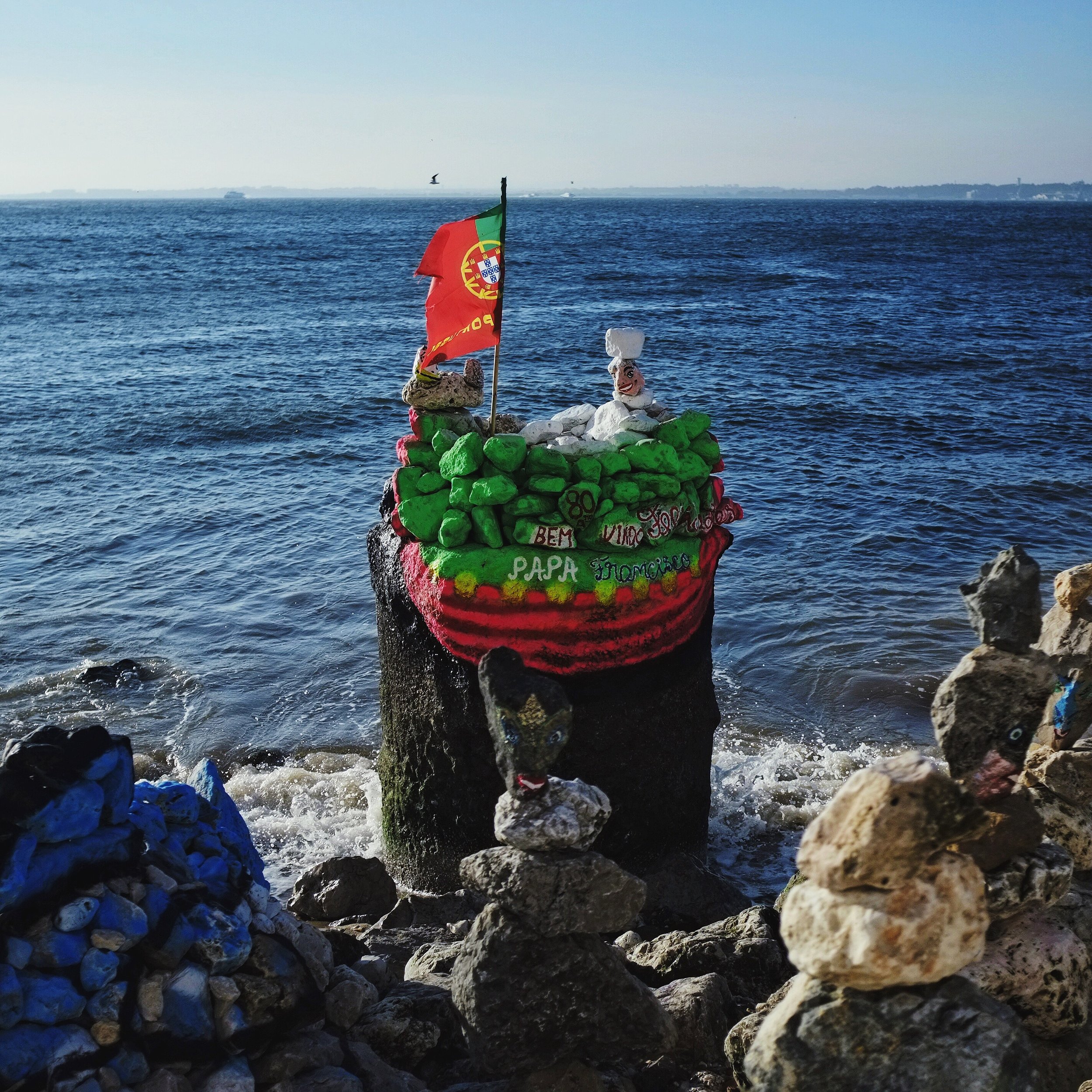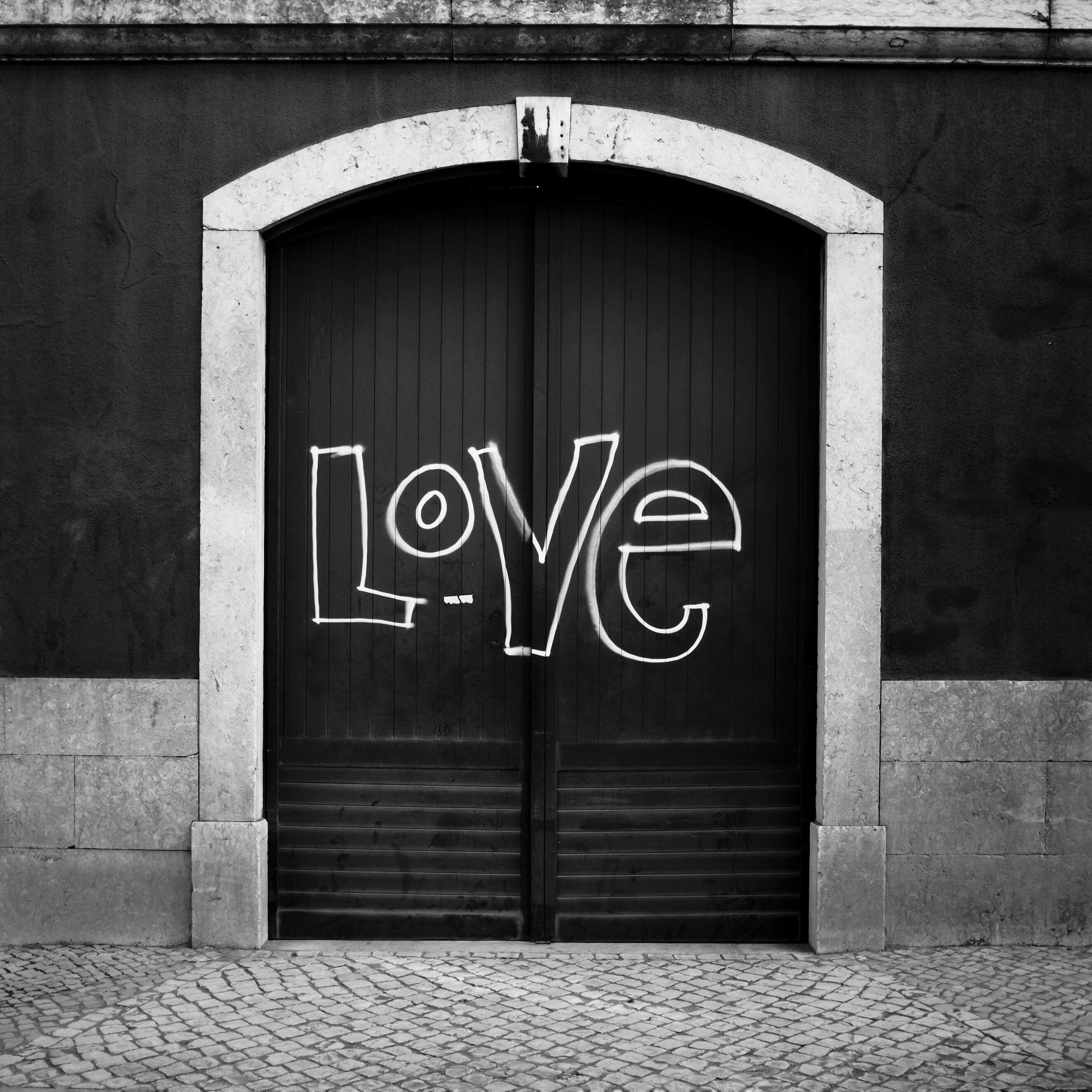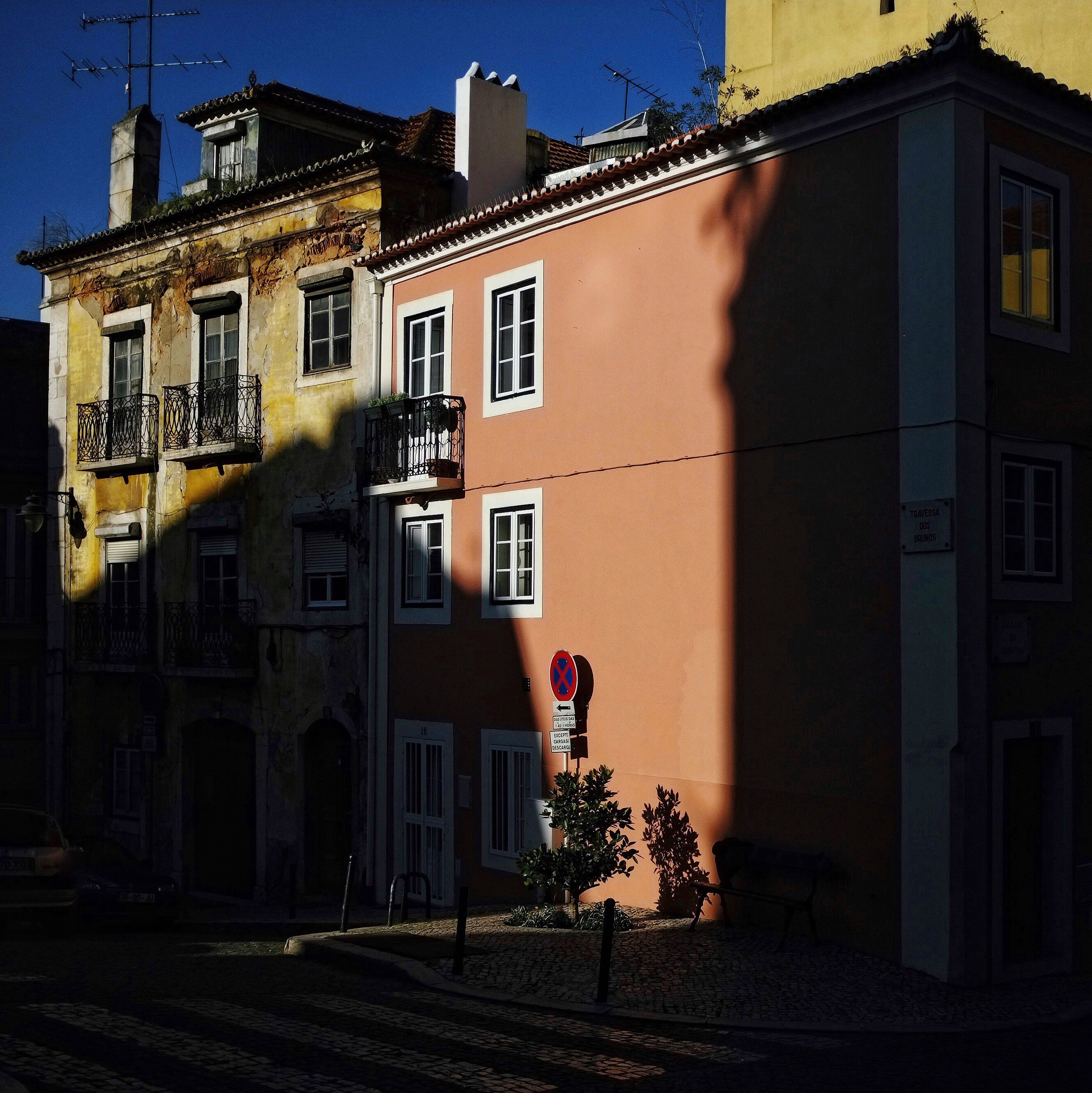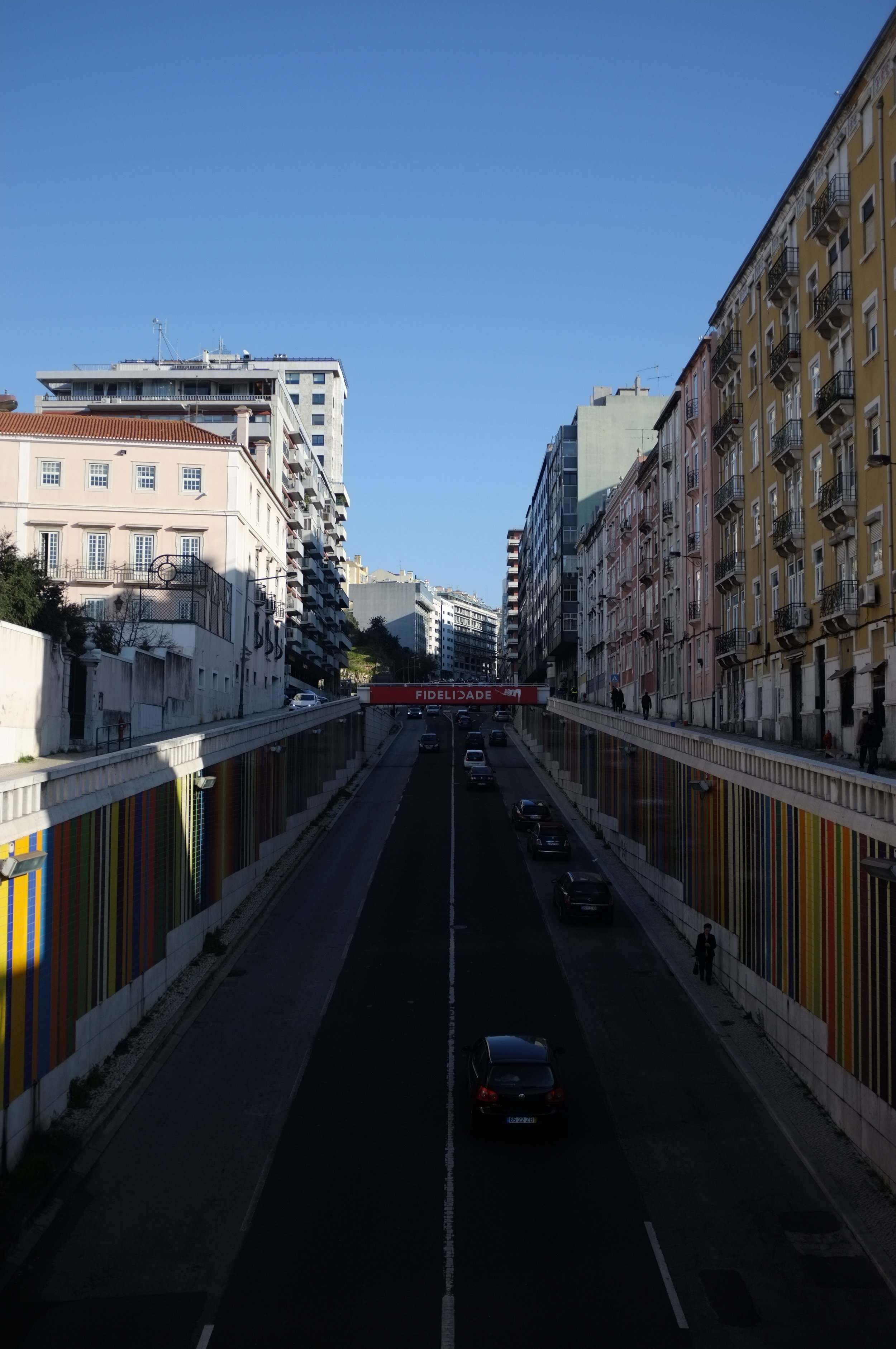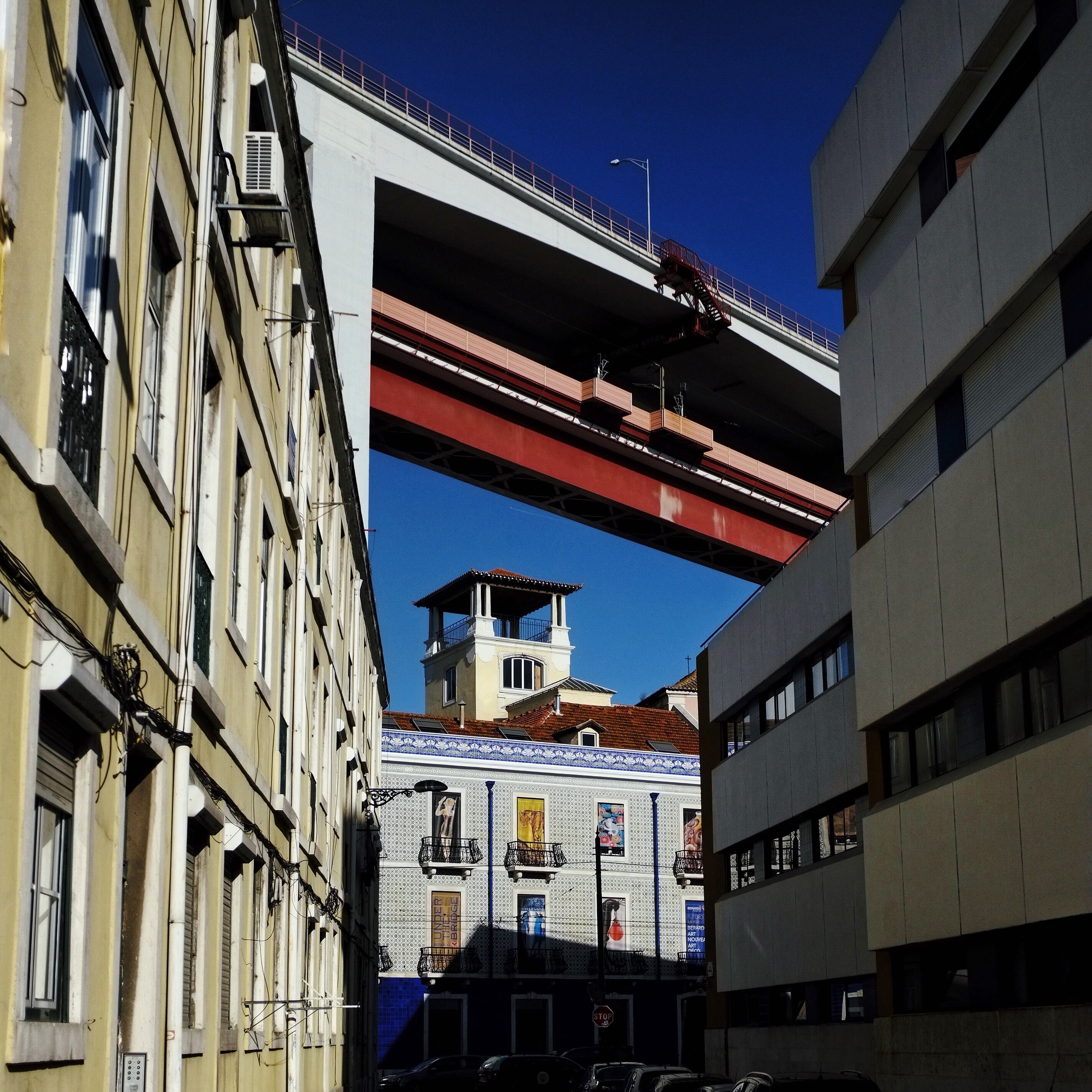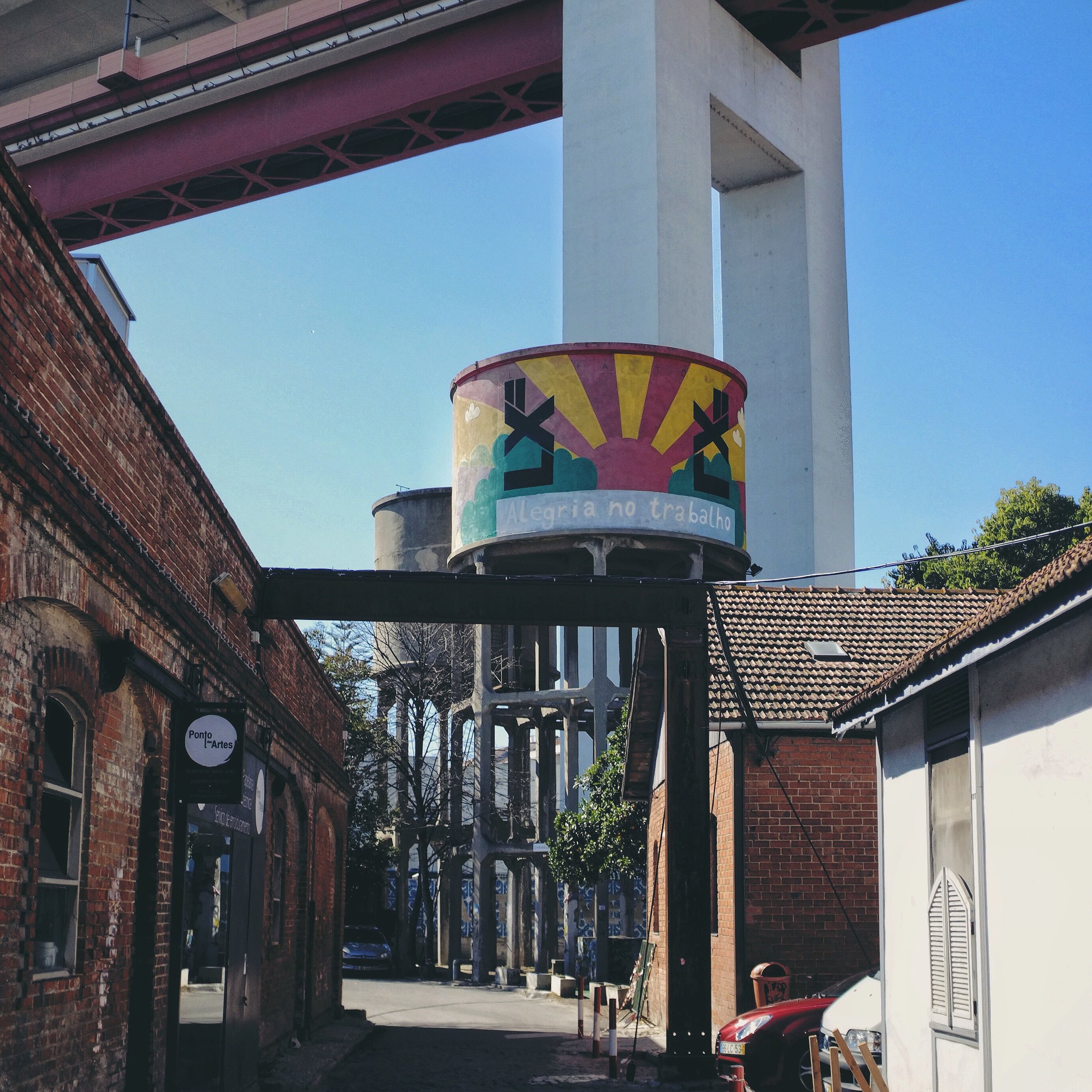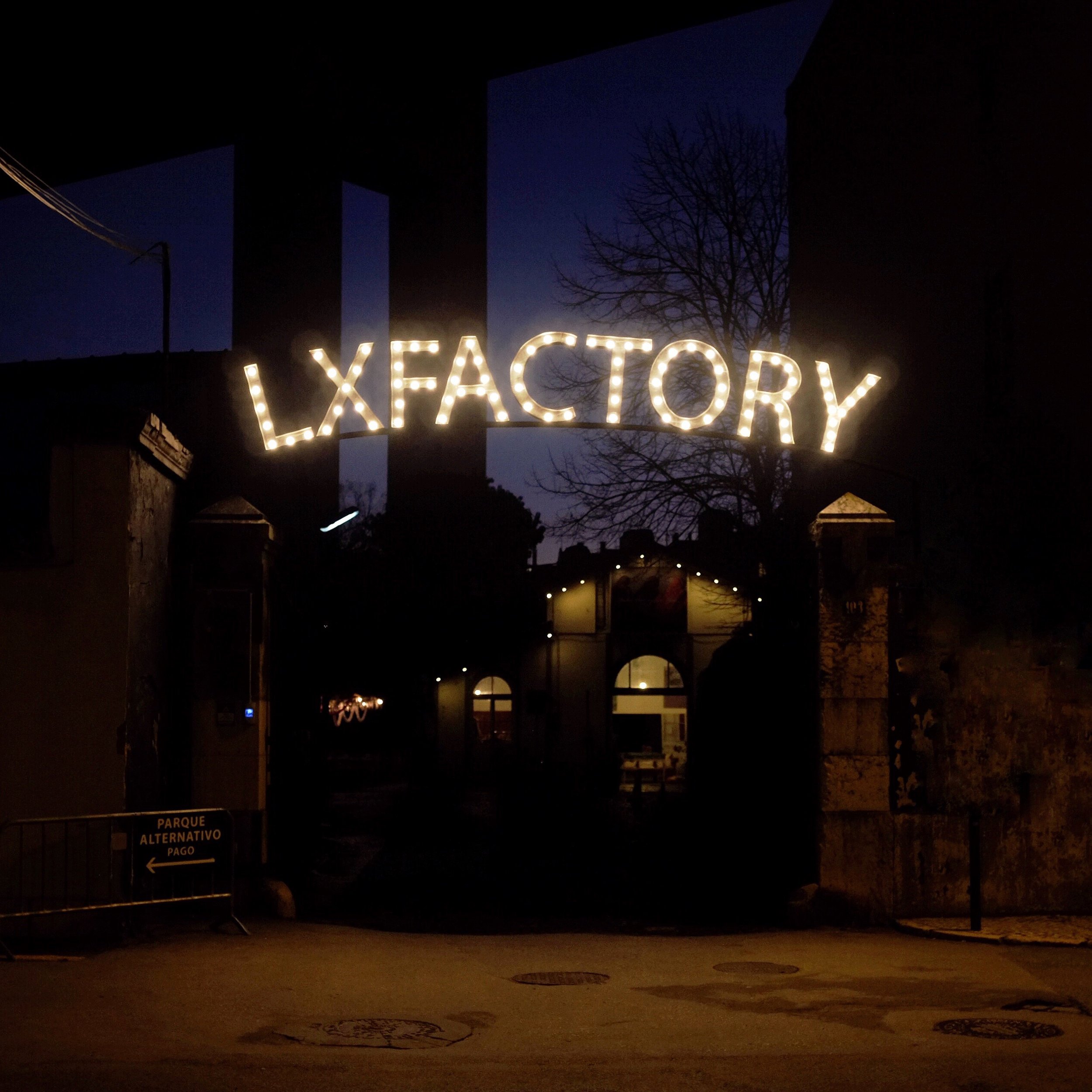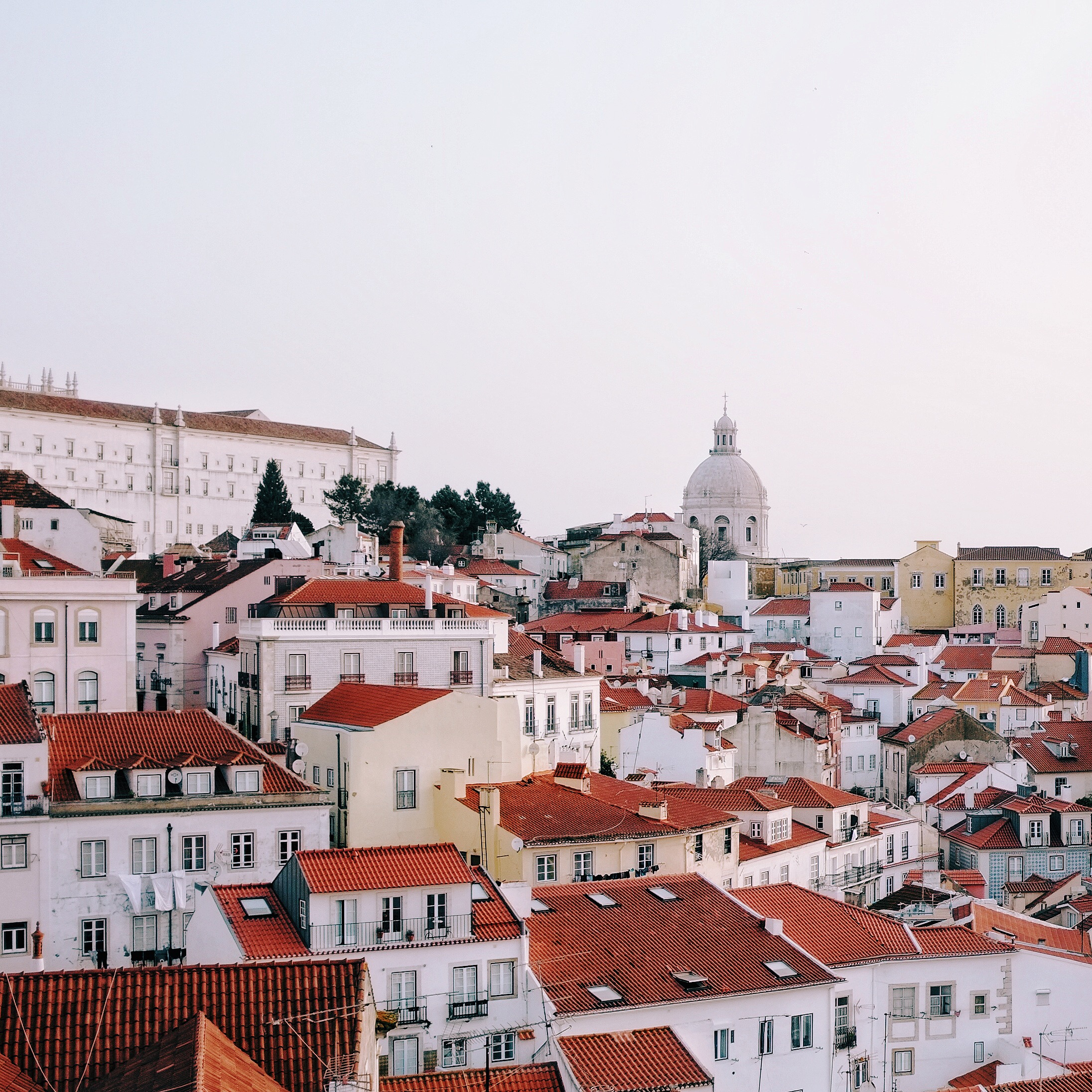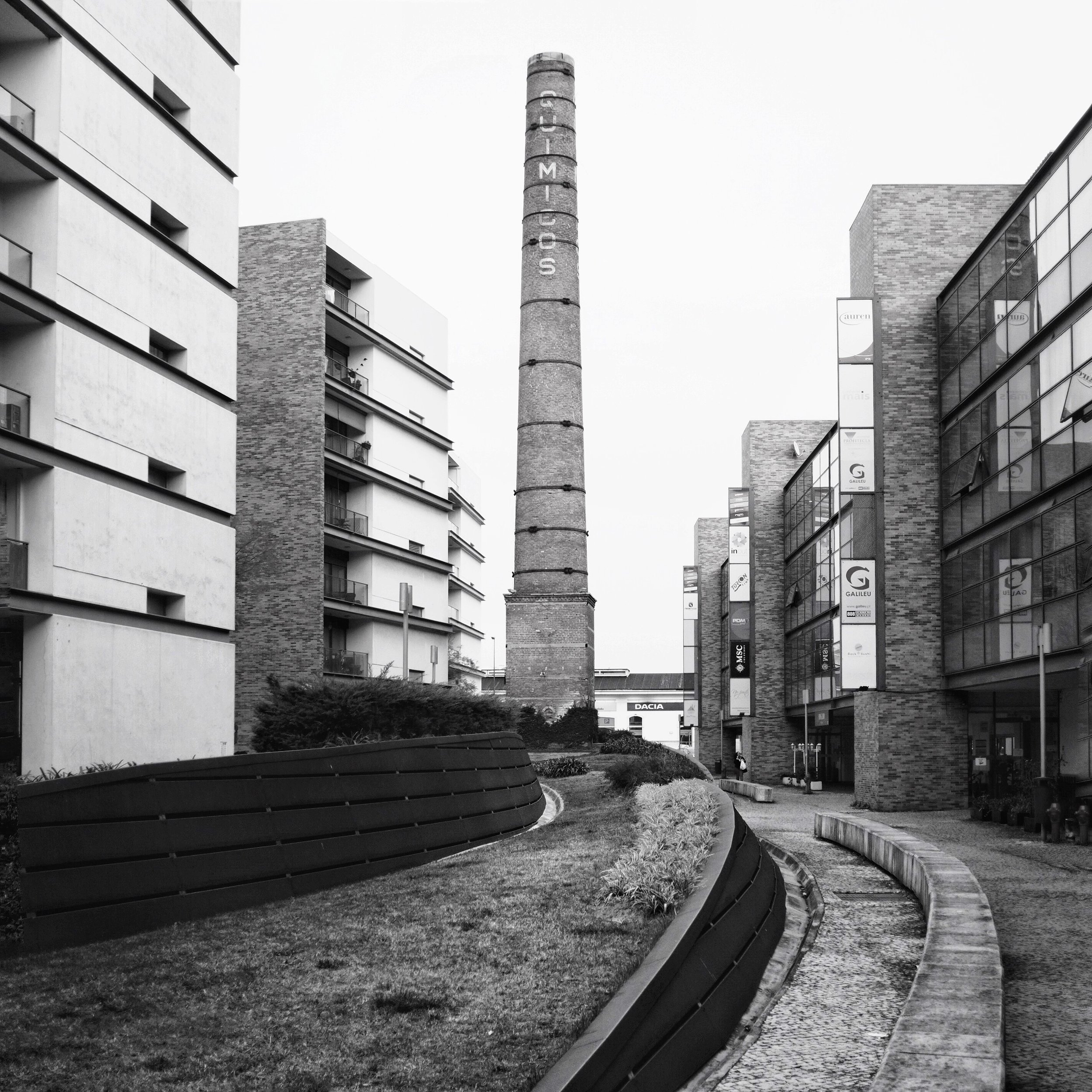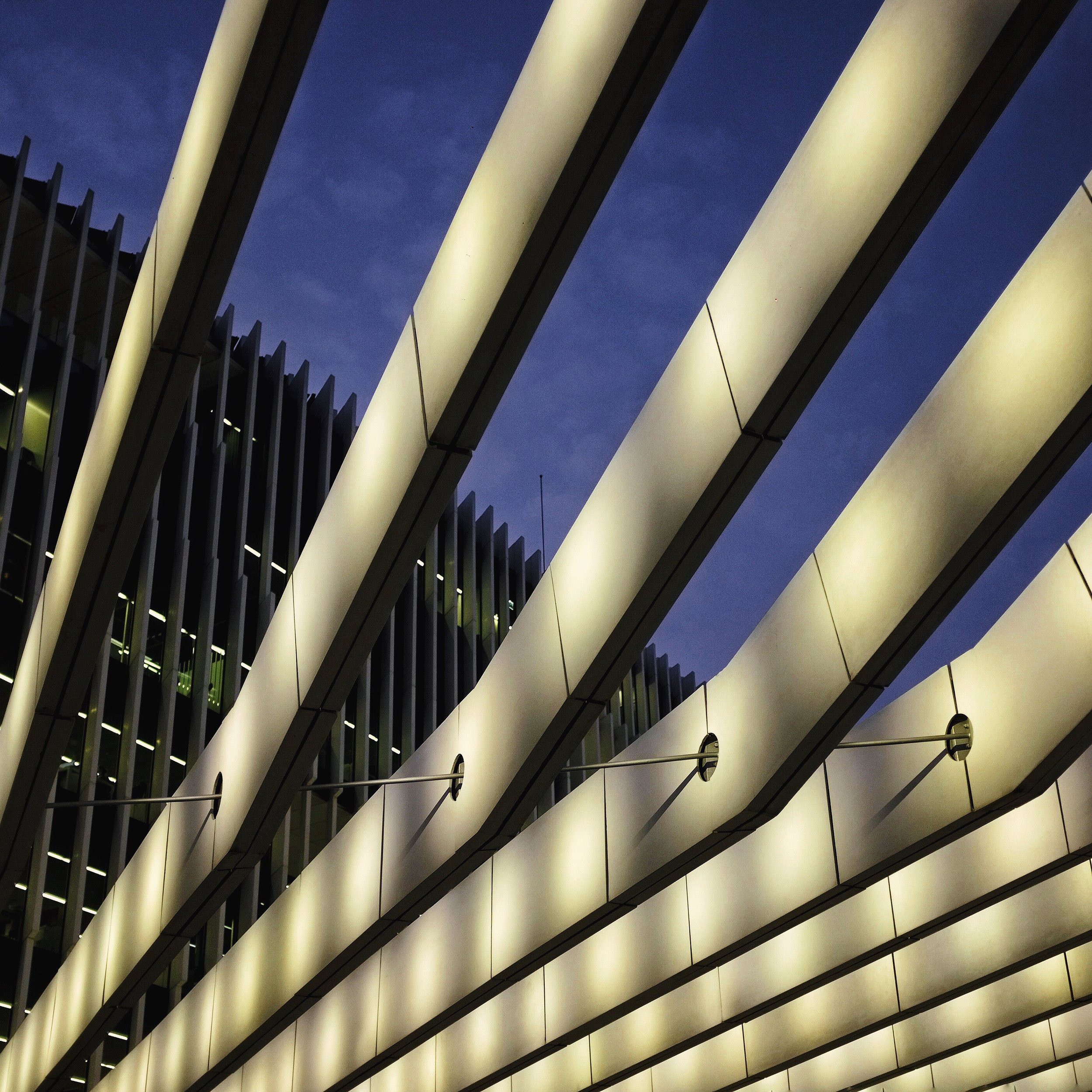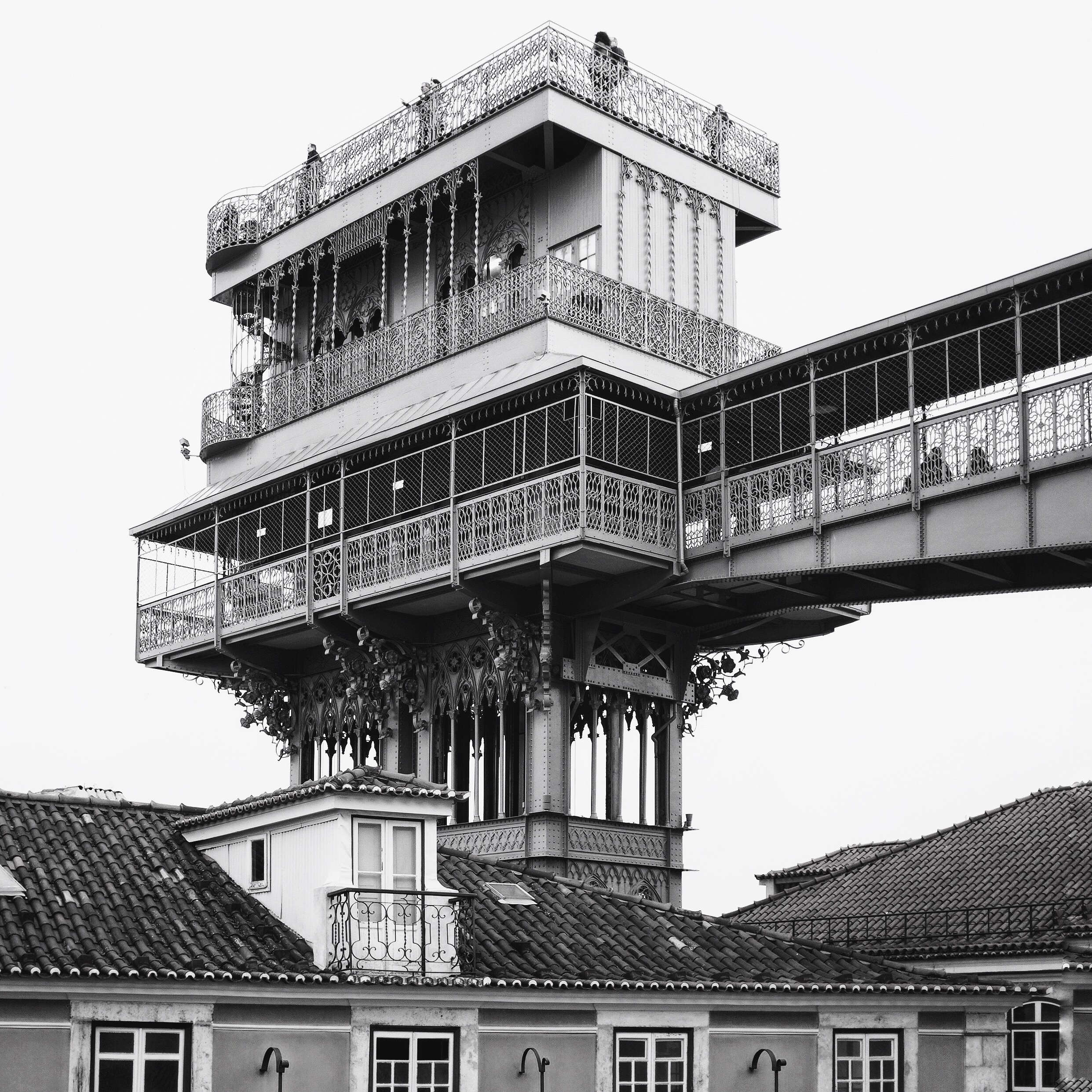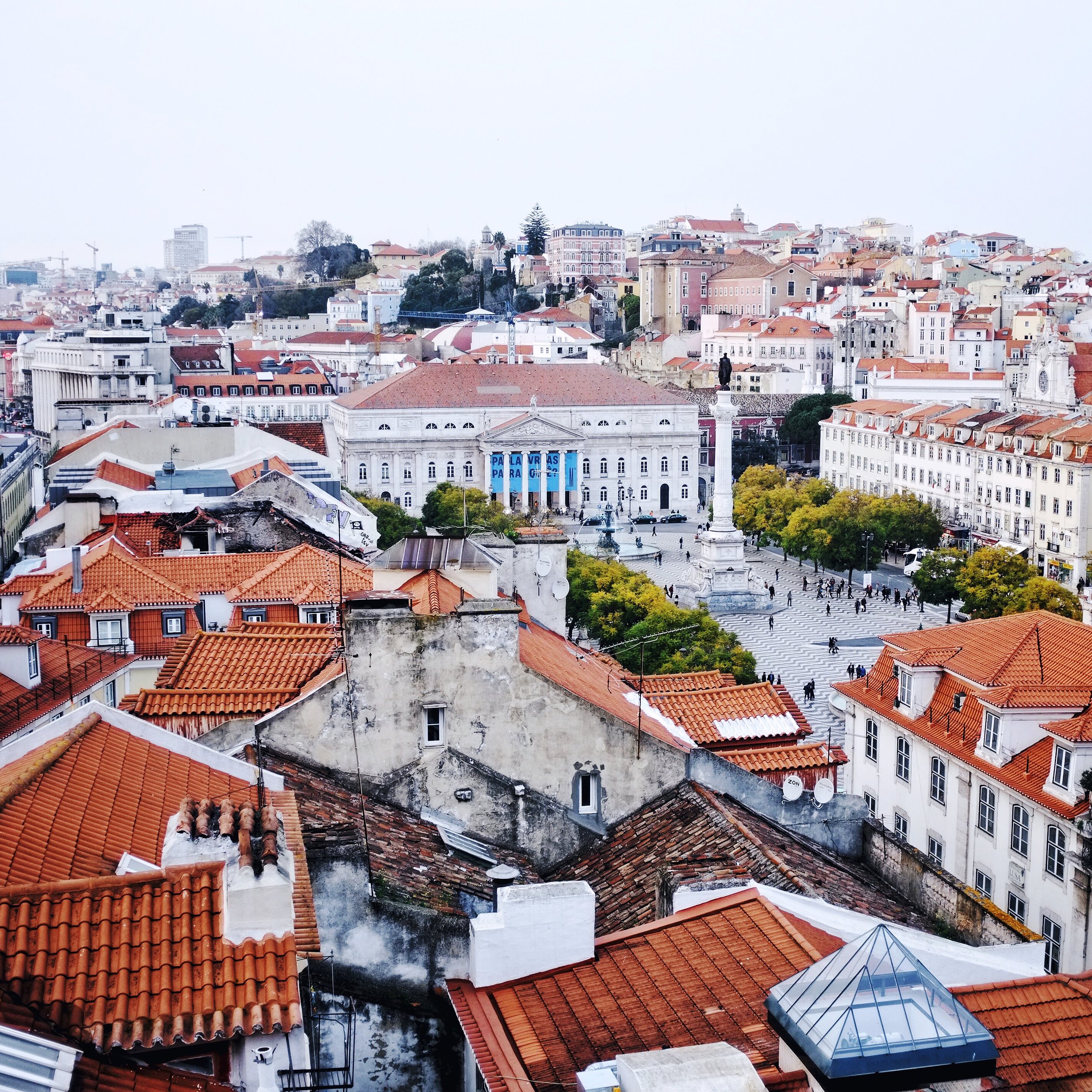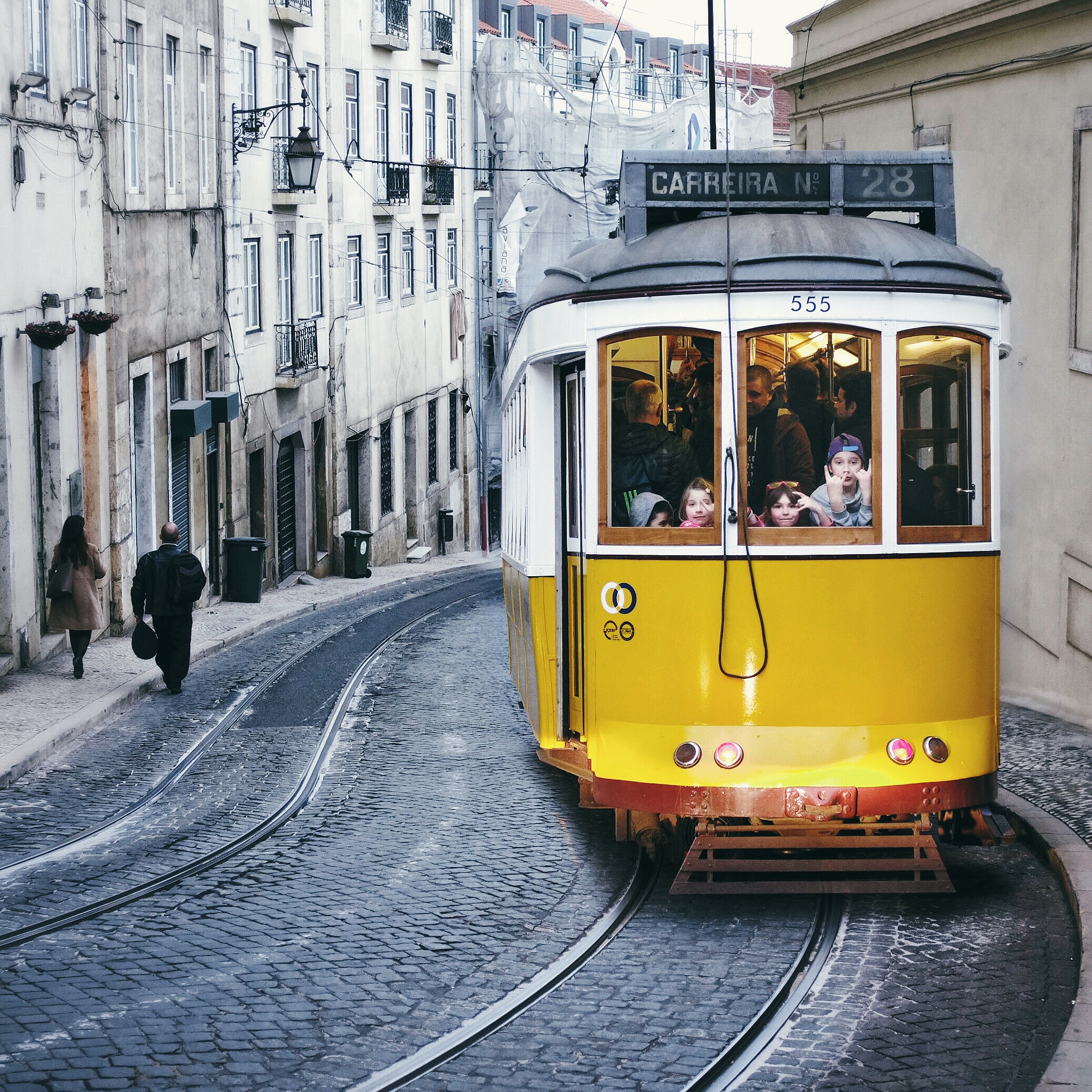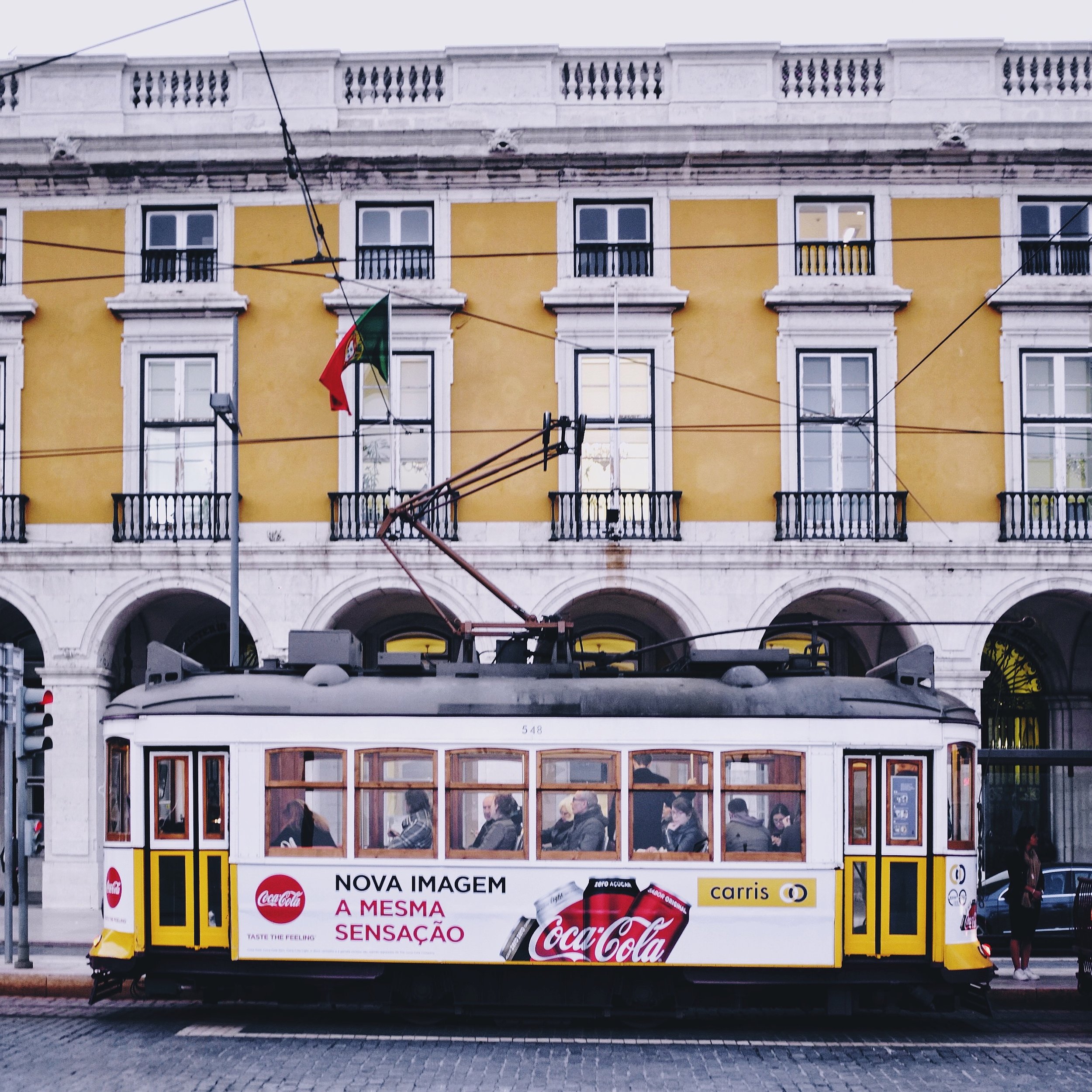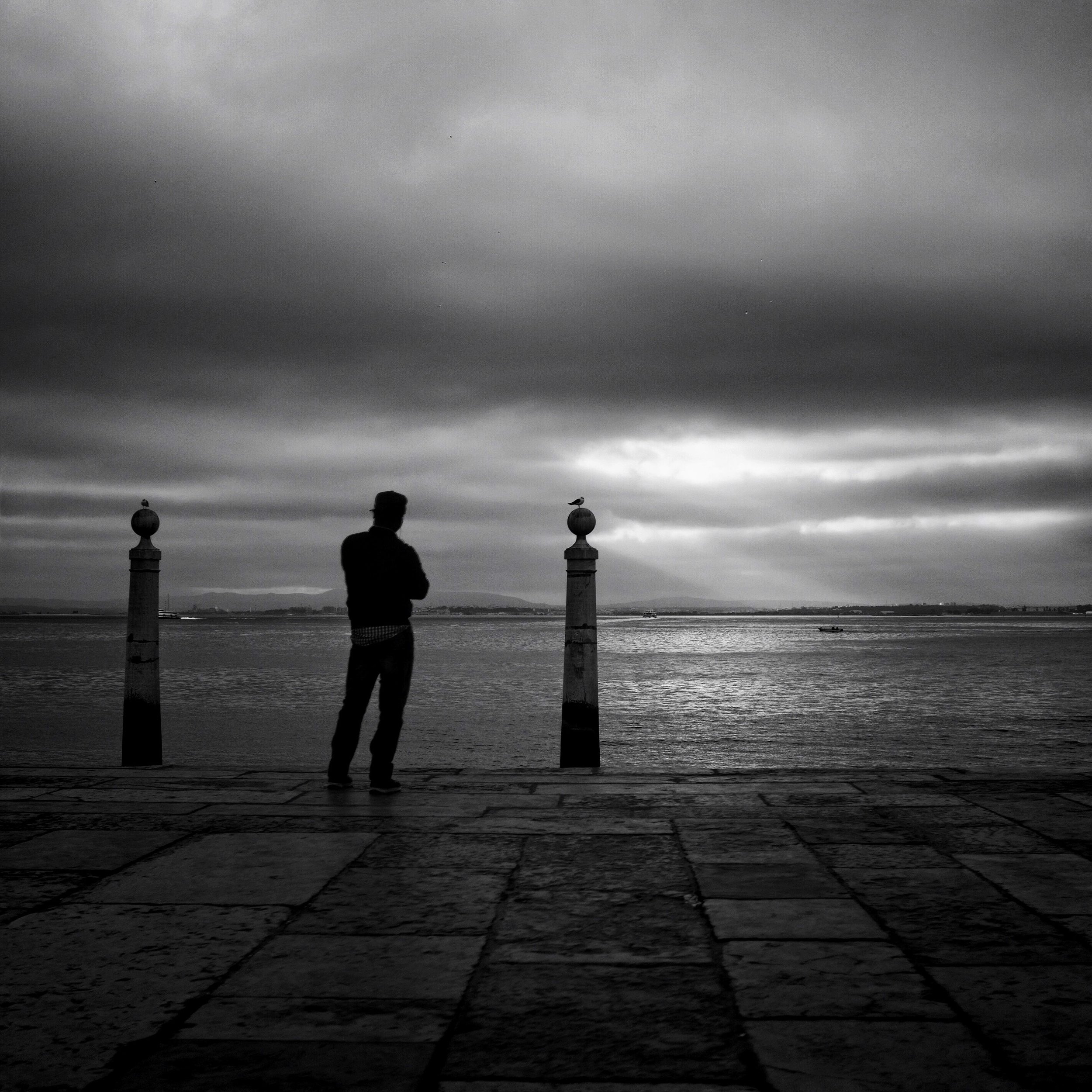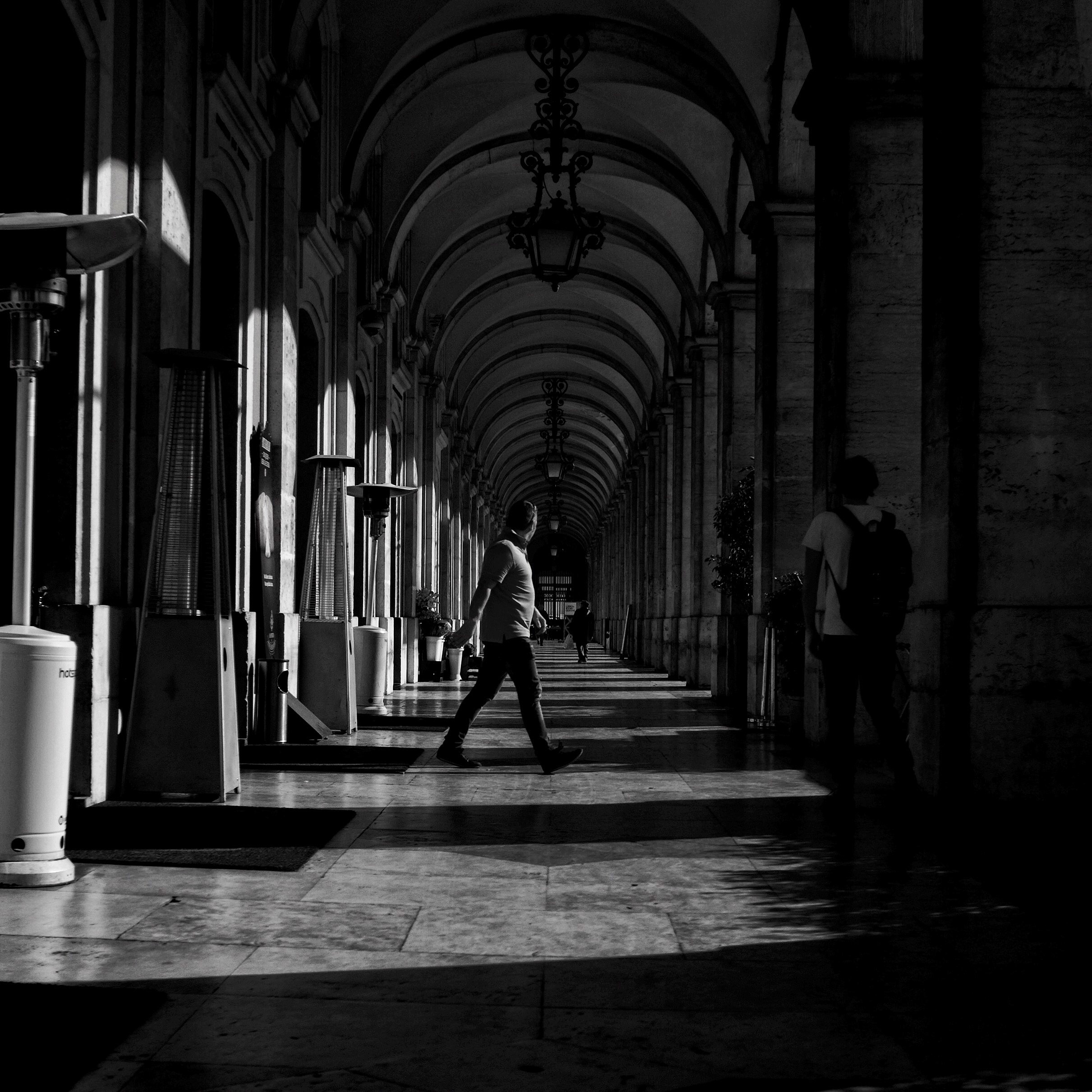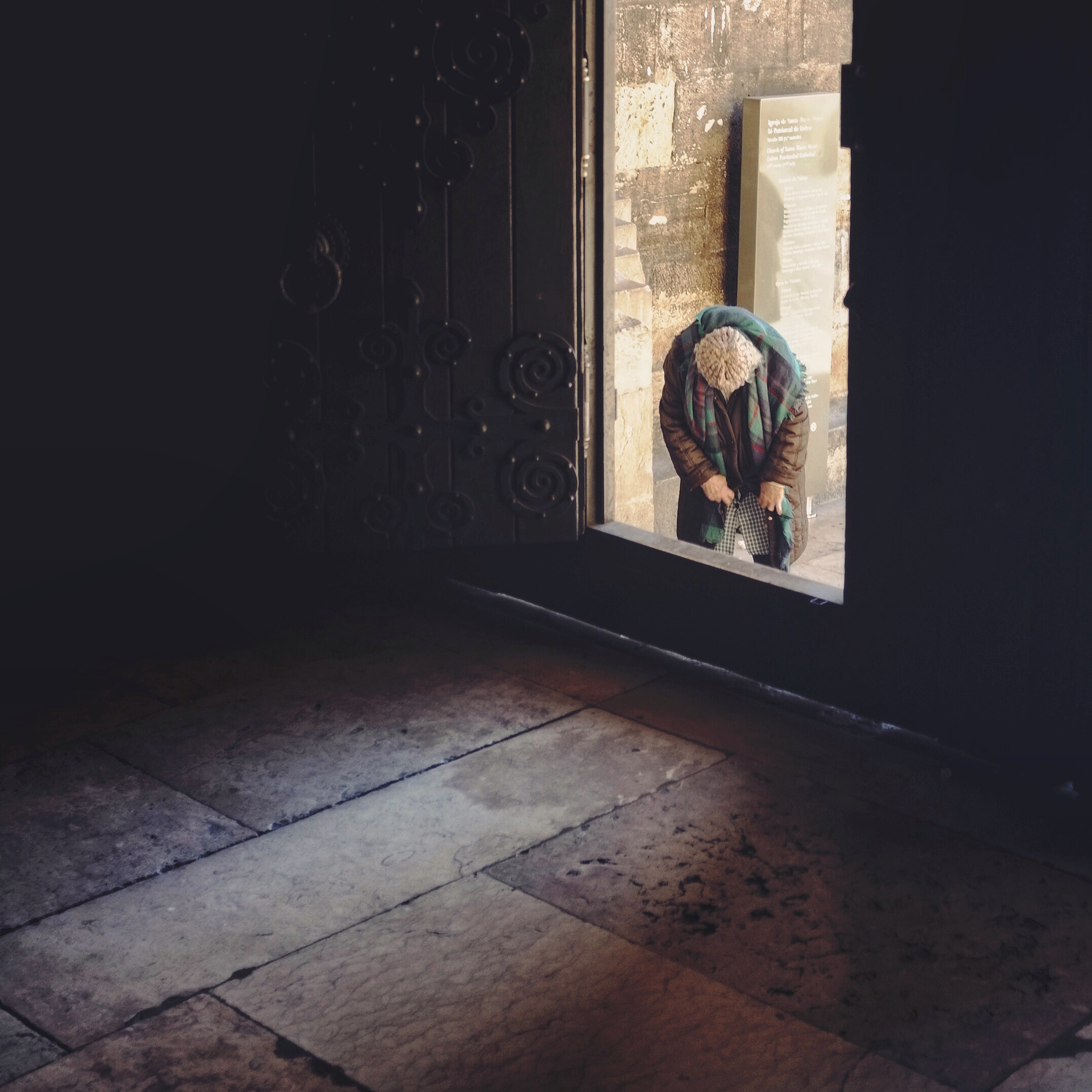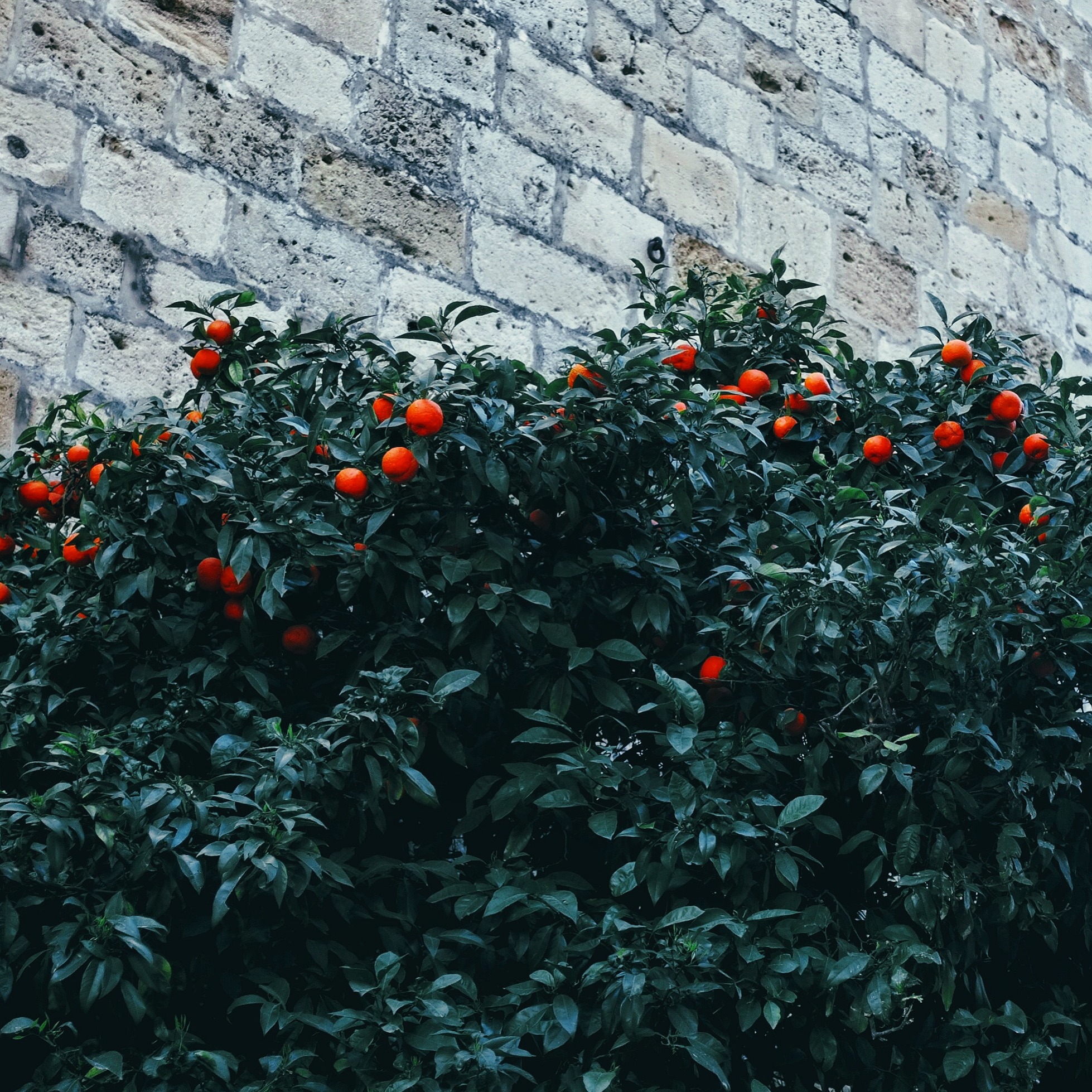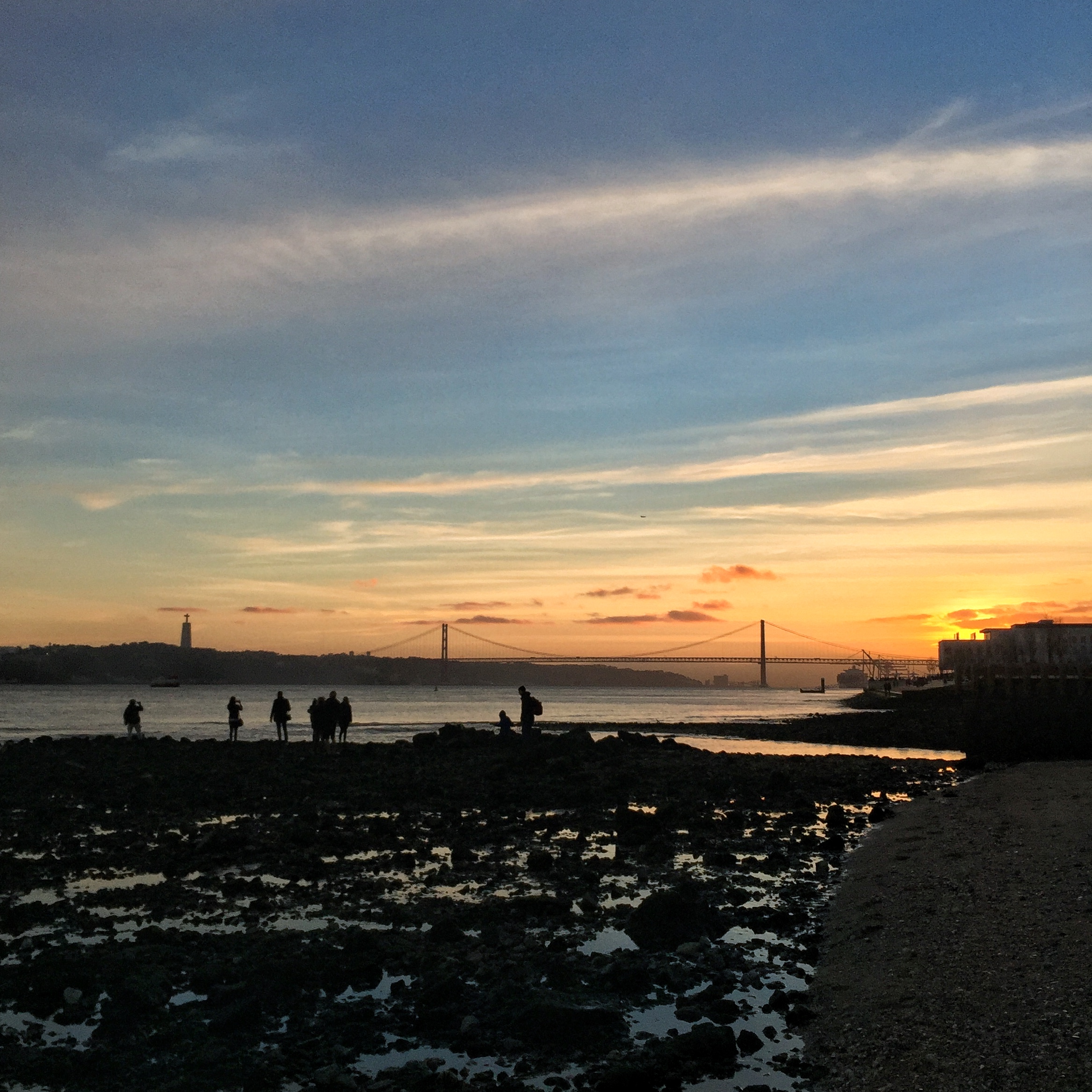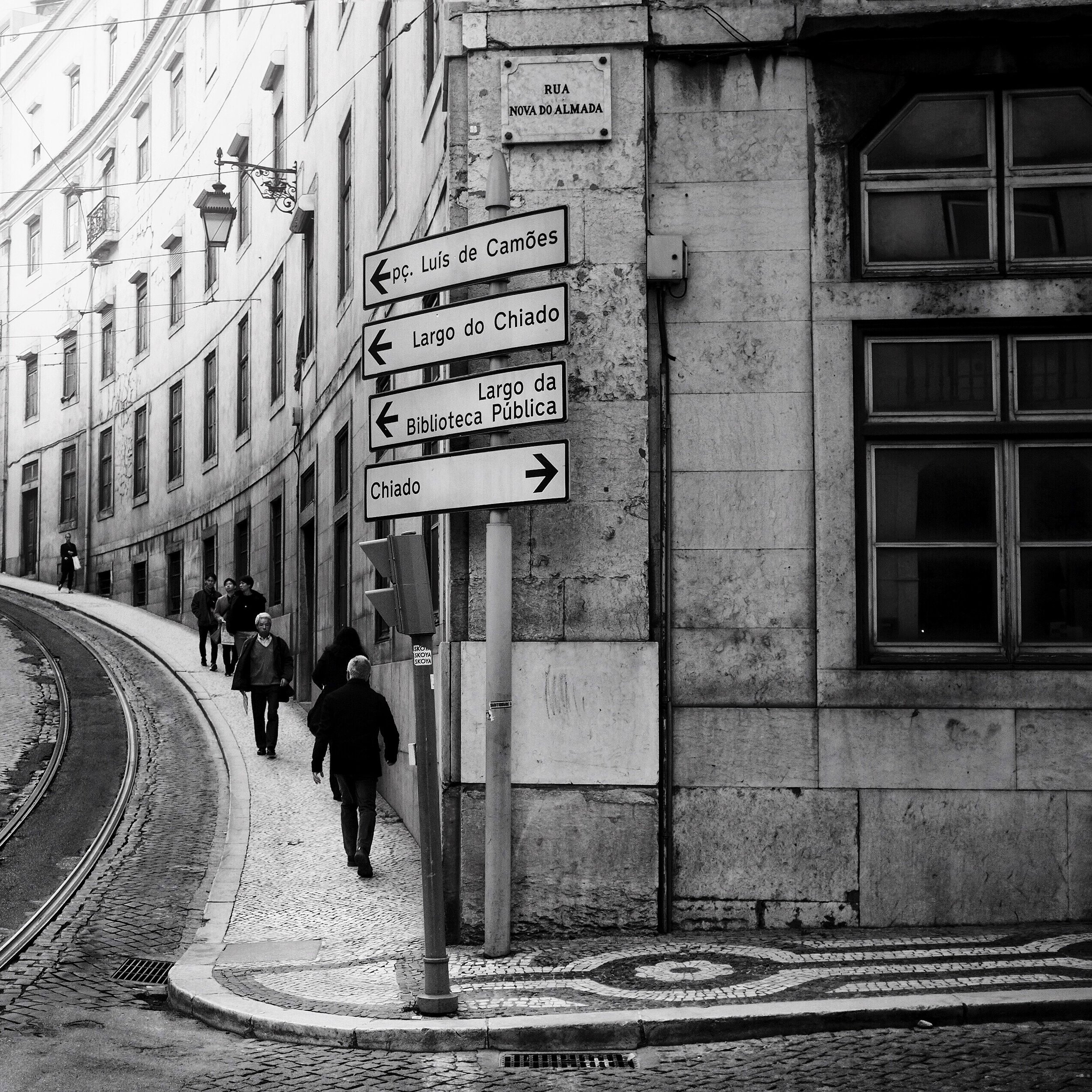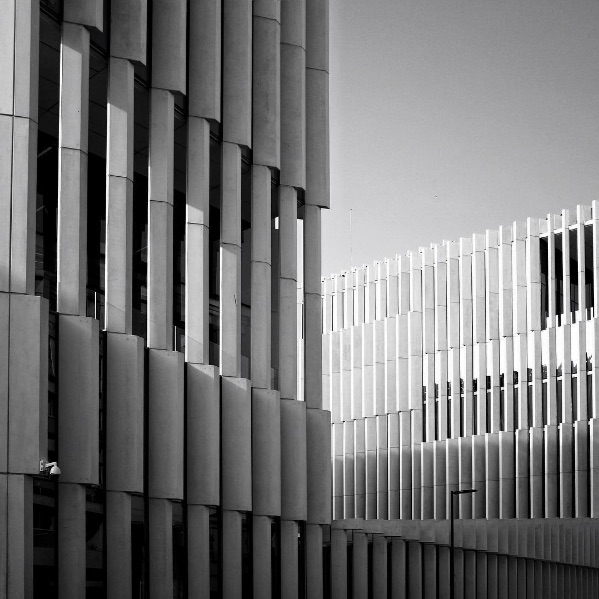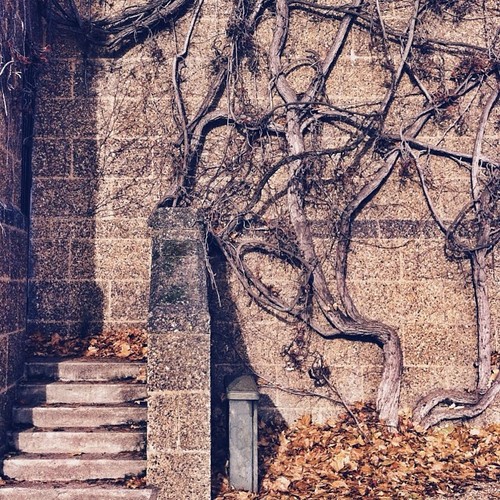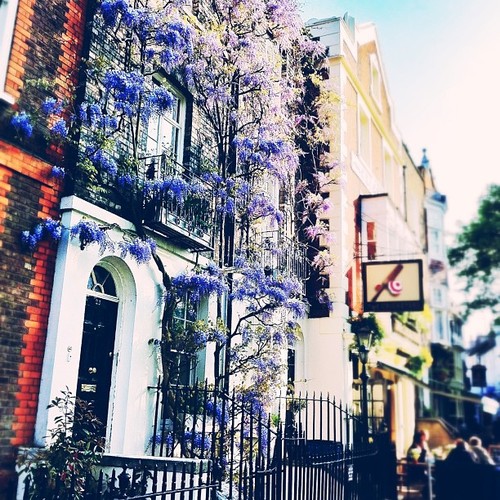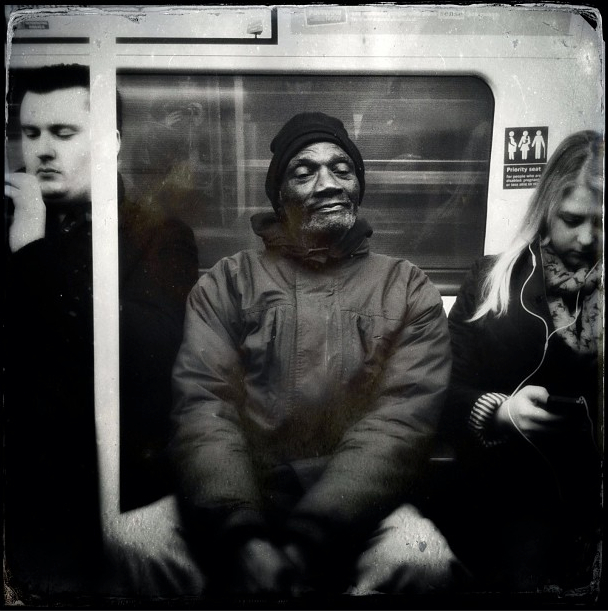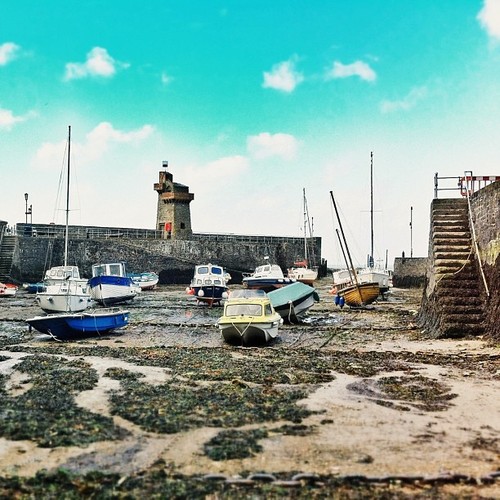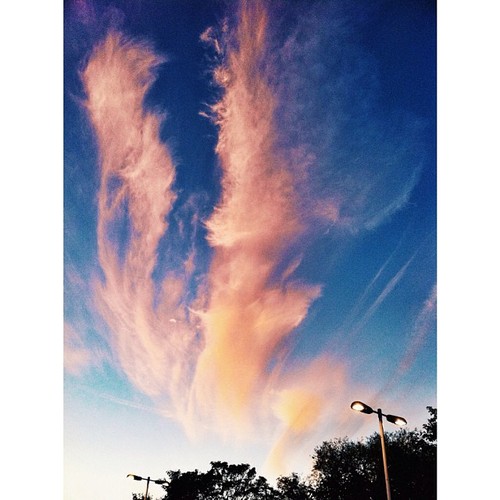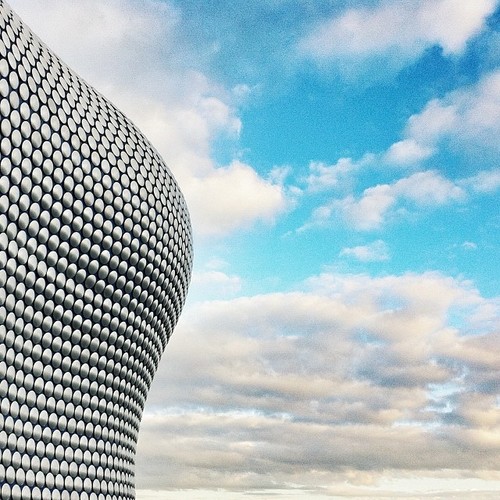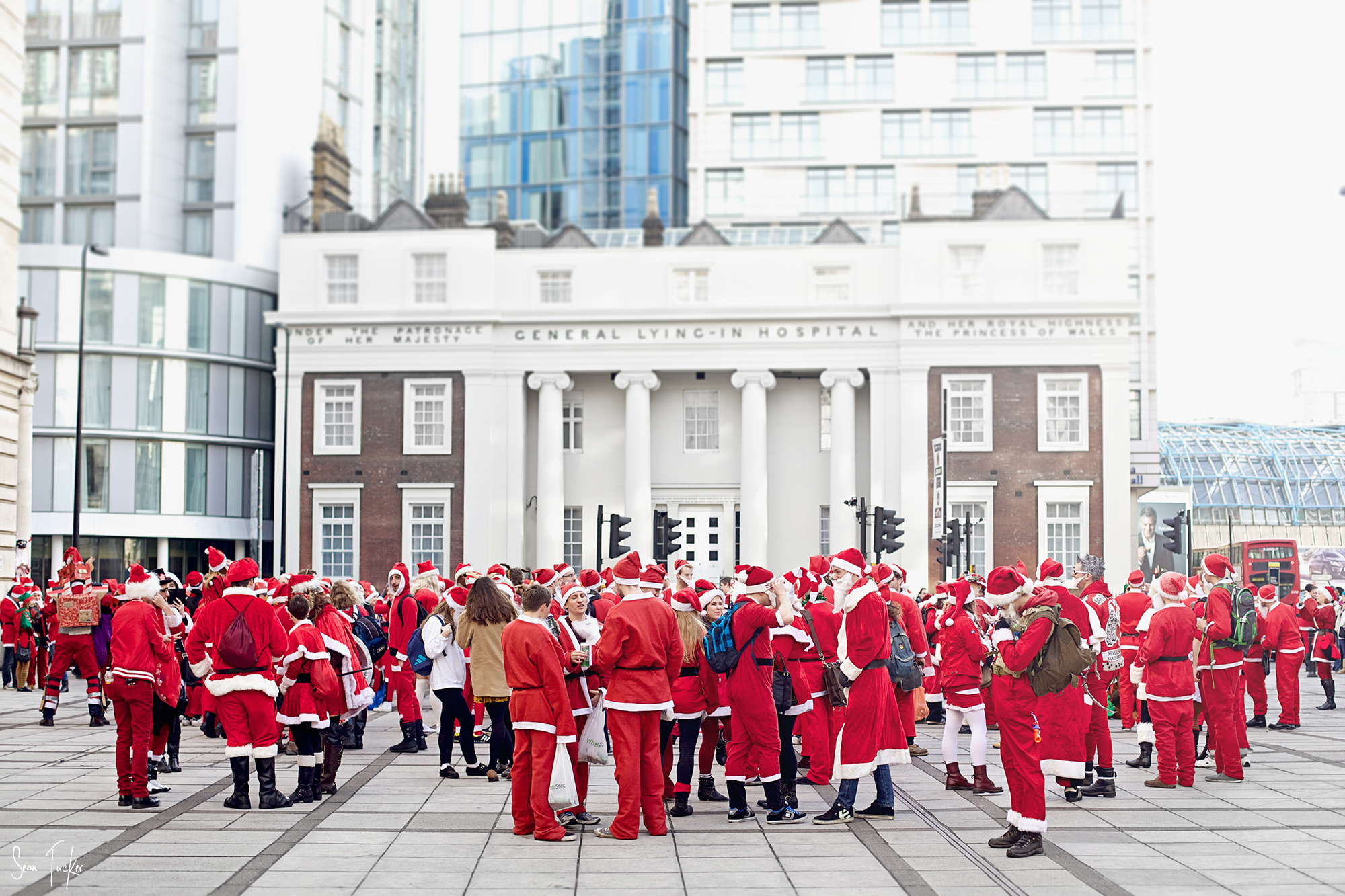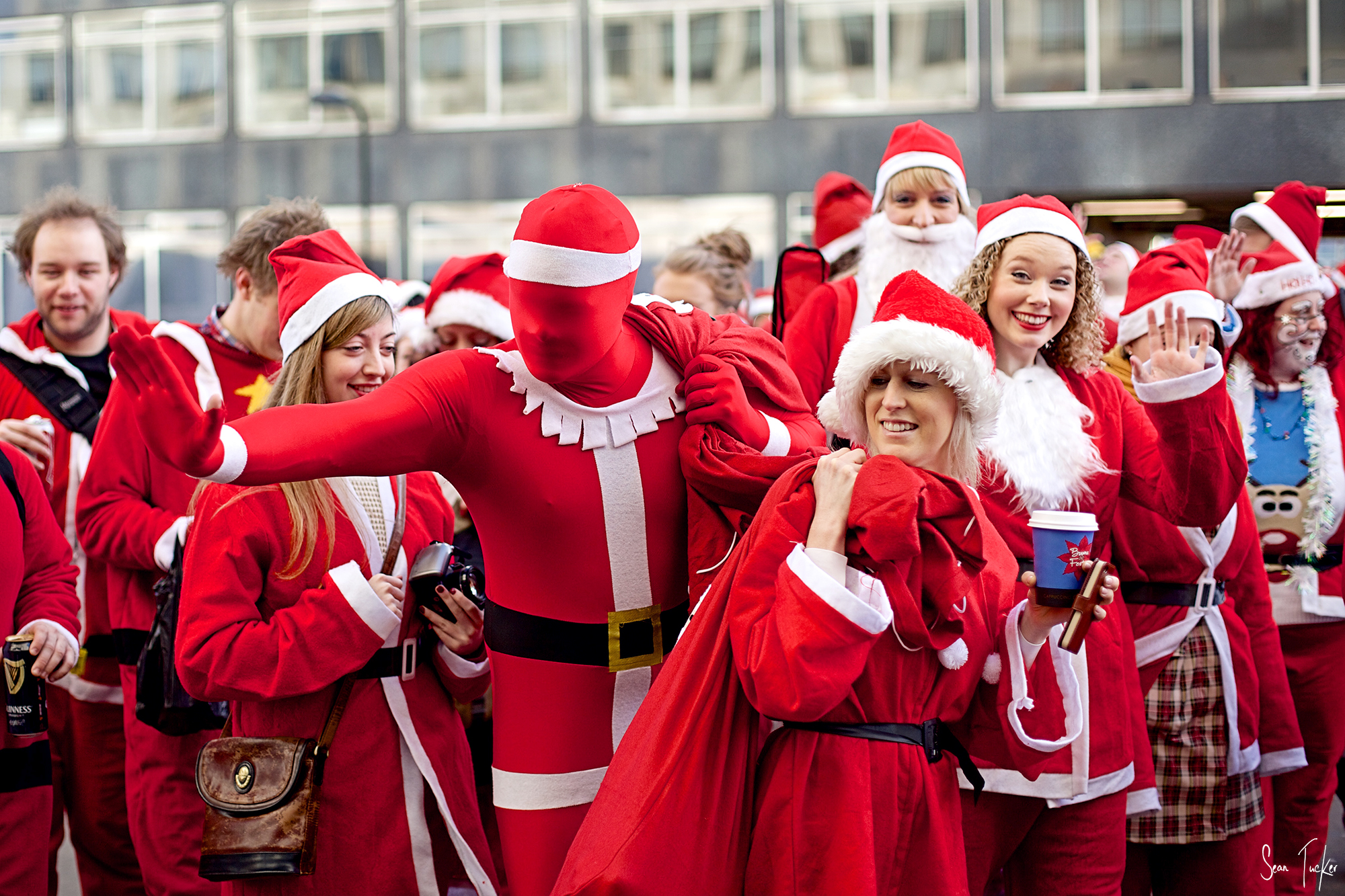Tell us a Story
I think I can be too rigid with my photography; too limited sometimes.
I can get stuck trying to make every photo ‘Portfolio-worthy’, or at least ‘Instagram-worthy’, and I think that robs me of the other things photography can, and should, be.
Don’t get me wrong, I am proud of images like these, but I also know that it takes hours of work and walking to find these situations and create images with enough visual punch and pop to go into my annual book or be sold as prints.
But what about photography’s ability to tell a story?
These images might tell ‘little stories’ in and of themselves, but they are often pretty abstract, and the subject is light and shadow itself with the human element often being incidental. I don’t look down on this sort of imagery. In fact it’s my bread and butter at the moment, but I do often think about shooting more photo stories.
If I’m very honest with myself I know the reluctance comes from the fact that if I head out to photograph a story, then I won’t have the control and space to create images like the stand-alone shots above, because you can’t rush them.
Shooting stories is something different. You’re not judging individual images any more. You are allowing the collection as a whole to tell you something.
Today I went for a short walk around my neighbourhood.
Any of you who freelance will know that if you work from home it’s really important to push yourself to get outside regularly to ward off the inevitable cabin fever which sets in.
On this occasion I noticed that people were throwing out their Christmas trees. In fact the streets were full of them. Hundreds of sad firs, spruce and pines lying discarded and dying on pavements, curbs and roadsides.
I’ve walked past this scene year after year, but for some reason this year it grabbed me differently. Who knows why familiar scenes suddenly take on a new shade? Maybe I was just more receptive to it. Maybe I’d done some growing up and learning since last time this season came around, but this year the whole thing struck me as ridiculous.
I live in a country that is complaining heavily, even marching and protesting about the destruction of the rain forests in the Amazon, all the while participating in a tradition where we cut down millions of trees every year, bring them into our homes for a couple of weeks and then literally throw them out on the street when it is deemed ‘unlucky’ to still have them around the house any more.
…and it made me sad.
So, because I always have a camera on me, I decided to pull out my trusty Ricoh GRIII and I gave myself the task of walking around for 30 minutes and trying to capture a sense of what I was seeing.
More specifically I decided to try and shoot a series of images which would have shown ‘last year’s me’, who happily ignored all this, what I was ignorantly walking past.
What I noticed immediately is that the images I was taking weren’t that good. They would never see the pages of my annual book, and I probably wouldn’t even post them to Instagram.
The light was flat.
The scenes were visually cluttered.
Not at all my usual style… but that wasn’t the point.
The point was to tell a story.
I think there is this tension between documentary photography and more fine art photography. The former is concerned with the narrative, while the latter is concerned with aesthtics.
Now admittedly some photographers do get lucky on occasion and manage to take an aesthetically stunning image while telling a story through a series of images (Salgado’s work comes to mind) but even those photographers know that the story comes first and those striking images come along, once in a blue moon, when they please… when the alchemy of the moment, the light and the composition strike while you are trying to get that narrative.
It didn’t happen to me on this occasion. There are no stand out images in this set, but as a collection I think they tell a story, which was the whole point of the challenge I gave myself.
For a control freak like me it was a good lesson to learn.
Sometimes photography shouldn’t be so rigid, and every shot shouldn’t (can’t) be a ‘banger’.
Sometimes it’s about heading out with a camera in hand into a situation which you want to show the world, and using your camera as a story-telling tool to document what you’re seeing.
Of course you will still be on the look out for a great shot, but you will also be looking to shoot more and collect scenes which in their aggregate tell the viewer a truth about the world.
So I guess my challenge would be, go out and tell us a story with your camera.
If you’re wandering around in your corner of the world and something presents itself to you, or you notice a reality with fresh eyes, grab your camera.
Shoot fast and loose.
Collect scenes.
Tell us a story.
Shooting Street: Shoot on the Fuji X100 and editing on iPhone
I have been travelling around a bit for the last month, and spent time in a few new cities. When I have some down time in a new place, my favourite thing to do is to explore the space around me with my little Fuji X100 and then find a cafe to edit up shots and post from my iPhone.
This video shows you a little bit of the thinking and process behind this sort of street photography. Enjoy:
Here are a few shots from Warsaw:
...and some from Lisbon:
Become a better photographer through 'visual exercise'
As photographers it's very easy to fall down the deep, dark hole of gear lust; or to get lost in reams of techy info, thinking these things will make us better photographers. They may help you learn how to use the tools, but in the same way as owning a paint brush doesn't make you an artist, becoming a great photographer is about so much more.
The following video gives some of my thoughts on how to 'exercise visually', how to open your eyes to the world around, and how to become photo-aware.
I hope it inspires you to shoot more often, with more abandon, and to develop your photography as art, not science.
Enjoy, and share it on if you found it helpful.
My Most-Used Camera
No surprises: it's my phone.
I don't think I'm over stating it when I say that my phone has contributed more to building a photographic style than any other camera I've ever owned, and there are two big reasons for that.
Firstly, it gives me permission to shoot more 'carelessly'.
When I'm taking shots on my phone I'm not shooting for a client but just for the sheer joy of shooting, and if it doesn't come out that well I can always delete it; or post it anyway and just blame the short falls on the phone. I am giving myself the freedom to be less anal, which as a perfectionist I need, and It opens my eye to the ‘happy accident’, which isn't something I have the luxury to spend time experimenting with on a shoot. I also find that once I have tried out braver shots on my phone, and seen that they are working, I then have the confidence to incorporate those ideas into pro shoots.
I know many photographers will look down on the use of ‘automatic settings’ and the often ‘over edited’ finish of mobile phone images, but this isn’t meant to be ‘perfect photography’ in my view, but rather catching the moments we often miss trying to set up our DSLR’s and lighting, if we even brought them with that day. This isn't about planned shots with the best gear, it's reactive photography.
I think phone photography today is similar to the Lomography revolution of the early 80’s. People began picking up inexpensive, plastic film cameras with light leeks and crappy exposure because they were small, cheap and fun to shoot with. The idea was to shoot often, and ‘from the hip’, almost in antithesis to pro photography. In fact I think many of the top 10 rules of Lomography relate directly to iPhoneography. Check them out:
1. Take your camera everywhere you go
2. Use it any time – day and night
3. Lomography is not an interference in your life, but part of it
4. Try the shot from the hip
5. Approach the objects of your Lomographic desire as close as possible
6. Don't think
7. Be fast
8. You don't have to know beforehand what you captured on film
9. Afterwards either
10. Don't worry about any rules
The spirit seems the same to me. This is organic, reactive, even viral photography.
The second reason is that my phone is the camera which is always with me.
It's a way to live, photographically, in the now. My phone burns a hole in my pocket all day, every day, reminding me to keep my eyes open for the next shot, and knowing this in the back of my mind I am more conscious of my surroundings at all times. It means I am constantly training my eye, and I'm always on the lookout for an interesting scene, or light, or subject. This kind of photo-awareness stands me in good stead for the days I do pick up my DSLR’s to shoot more deliberately. I find I notice more, and have a whole host of new angles and creative ideas on tap.
It's no secret that the image quality isn't great on any mobile phone (no not even your 41 mega pixel Nokia). The dynamic range is wafer thin, depth of field is always as deep as the ocean unless your subject is pressed up against the lens, and overall the shots make the pixel peepers physically cringe. No one is suggesting that a mobile phone camera can compete with a pro camera for quality, but if I have the option to take a good photo on a bad camera, or take no photo at all, I would rather take the shot.
I suppose this comes down to the old battle between kit vs content. Which is more important?
I have this discussion with photographers regularly, and it often turns into a heated debate.
Don't get me wrong; gear helps. I can usually tell whether a shot has been taken with a point and shoot, a cropped sensored DSLR, a full frame DSLR, or even a Medium Format. But the fact still remains that a great camera in the hands of a bad photographer will be useless. It takes a talented photographer to see and capture the moment with good skill and composition. I for one, would rather look at an image shot by a great photographer on a bad camera, than an image shot by an amateur using the best gear in the world.
Photographers have gone on about it since Henri Cartier-Bresson was banging on about “The Decisive Moment” in 1952. If you point your camera at disinteresting things, even if you know your settings and rules of composition, you will have a disinteresting photograph. You have to become a student of ‘life’ and ‘light’ in order to catch the moments which matter, and which say something. We see mountains of photography everyday through our friends on Facebook, but much of it says nothing. Great photography shows you a moment, a look, a scene which surprises you with a response.
So I would say work on your 'eye' first, and there are few ways better to do that than shoot, shoot, shoot. Start getting your 10, 000 hours under your belt. Get out there and look for ‘the moment’ and use whatever you have on you to catch it. If you're not happy with it, delete it, but the mere act of shooting it will build photographic muscle reflex in learning both to see and capture.
And the tool to help you learn how to see, and which gives you permission to capture 'carelessly' and often, is likely sitting in your pocket right now.
For those who I know will be interested, I shoot on an iPhone 4 and my go-to editing apps are:
Snapseed and PicsPlay Pro for more controlled editing.
Camera+ but only really the amazing ‘Clarity’ function.
Facetune for basic retouching.
VSCO Cam to add some vintage film tones.
Mextures for light leaks and destressed effects.
Perfect B&W if I am going the Black and White route.
Big Lens occasionally to fake some depth of field.
Over Text + Photo to add text over the image.
Photosynth for panoramas.
Instagram, but only to post and rarely to edit.
PicFrame and Phoster for some fun presentation options.
If you want to take a look through my iPhoneography visit www.seantuckiphone.tumblr.com or follow me on Instagram: @seantuck.
Shooting Photo Narratives
Note: This post also includes a review of Exposure.so, but I haven't been asked to do the review or paid in anyway for it.
What is a Photo Narrative?
Well, it seems the definition varies a little, but for me it's taking your camera out and catching frames throughout a day, or an event, which communicate the story, and visually represent what went on. A good Photo Narrative, for me, requires very little, if any words, because the images are strong enough that they give you the sense of that 'happening', even if you don't have all the details. I suppose it's documentary photography in essence but has an emphasis on sequential events over a deliberate space of time.
I have always been a fan of this sort of photography.
I used to do it more actually but the 'more pro' I got the less I shot like this, and I think it's because I became too precious with my shots and prohibitively selective about which shots I shared with the world.
At some point I realised that if you spend enough time on each image, and only post your prime shots for others to see, people will think this is what you shoot like all the time. It makes sense too, and definitely strengthens your image to the world and your brand in general, but aren't you losing something in the process?
I have a skill; and can choose to use it to take people along with me to see the things I see. It's a more generous approach to photography, and might mean I will end up posting some images which aren't my strongest in order to construct a Photo Narrative, but I really like the idea of building something out of many pieces which tells a story.
A couple I know back in Cape Town do this very well, turning their holiday shots into beautiful Photo Narratives (check out their wedding photography too which also has a great documentary feel):
http://lovemadevisible.co.za/travel/
I know many photographers who don't like this sort of shooting because they prefer to maintain the illusion of a high 'hit rate' by only posting one, crafted shot at a time. The fact is that if you head out to shoot and commit to posting a Photo Narrative by the end of the day, there will be some shots which are stronger than others. You also won't have the time to do deep edits on these images if you want be timeous about the things you're covering. In that way it's more akin to photo journalism than the crafted photography of the portraiture and art world. Personally I like the challenge though. I doubt anyone will be printing any of these images off as canvases for their walls, but that's not really what they're for, and I'm ok with that.
Recently I signed up to exposure.so, which is a new platform designed to display your Photo Narratives. Here is a link to a Narrative I posted showing my walk around London this Saturday morning past, visiting Mandela Memorial sites, and bumping into a Hoard of Santas:
https://seantuck.exposure.so/sadness-and-celebration
A little bit on Exposure:
First off, I'm sure you'll agree that it looks beautiful. I am sucker for the clean, white look and they have done a great job of providing a stylish and simply layout. It is also very user friendly. It only took me 15 minutes to put this Photo Narrative together and it was a fun process which felt less like work and more like effortless creativity.
Great use of fonts, good design aesthetics, and some useful control over which order photos are displayed in, as well as an attractive light box solution mean that they have nailed the look and functionality for me.
The negatives are that you only get 3 free Photo Narrative posts before you need to pay for a subscription. It's not a huge amount of money, and it's definitely worth the price if you are into this sort of 'shoot and sharing', but for someone like me who doesn't get to do this often enough it feels like just another platform I would have to give a bunch of time to, to ensure I got my moneys worth.
I mean this subscription is also on top of the other subscriptions which I have to pay monthly like Photoshop CC, Squarespace for website, 500px Awesome account and other sundry accounts for little things like Wetransfer for client file transfers. You can quickly rack up a bunch of these 'little' subscriptions for things you 'need', until you get to the point where you wonder where your money is bleeding off to every month, and I'm trying to be more careful about this sort of thing myself. Can I afford another platform which only serves one very specific purpose, even if it does it very well?
And that brings me to another negative. This would be an entirely new platform to maintain and draw visitors too. I am having enough trouble trying to draw traffic to my main website without confusing the brand I'm trying to build with yet another URL. I have only just moved everything together in one space. Until recently I was running my photography portfolio off 500px, my videography portfolio off Wordpress, my photography blog off Blogger, and my iPhoneography blog off Tumblr. It's too much. So I moved everything onto Squarespace and have been really happy that I finally have a combined home for everything, so I'm not going to shoot myself in the foot by letting a bunch of new Sean Tucker Photography content spring up elsewhere on the web.
If there was a way to have this platform integrate and display within Squarespace (like embedding the Photo Narrative onto a page or post) and a way to display on social media platforms other than just sharing a link, then perhaps it would be more worthwhile for me personally.
There also don't seem to be options to leave comments and interact as yet, but I'm sure this functionality will appear with updates?
That said, head along and check it out because it really is a slick interface providing an eye catching Photo Narrative layout. I know it sounds like I just dumped all over them but they really have built a beautiful platform which will do exactly what many photographers want. I think my rant has more to do with 'too many platforms and subscriptions' in general.
Check them out here (you may need to request an invite):
I'll leave you with some shots of Santas from my last Photo Narrative:
Film Revisited
While in Cape Town recently, I bought myself a 30 year old Minolta X-700
SLR with a 50mm f2. I decided to take on the challenge of shooting film because I had heard the clichés about slowing things down and how this can improve your photography.

After a couple of filmic photomissions around the peninsula, I can report that the cliches are all true.
There is something about having to fight the plastic sprockets to load your film, having to count your frames as you shoot to make sure you don't run out, and having to calculate your exposures for each shot, which force you to take stock and frame more carefully. You're no longer running around shooting anything that moves and deleting as you go. You're planning shots now. Pre-visualizing.
Of course the other element which gives you pause is that you can put a dollar amount to each click of the shutter. Factoring in the costs of film and developing means that there is no such thing as a cheap shot, and this really serves to move you away from the spray-and-pray approach of digital.
This isn't 'taking' pictures on the run, this is 'making' pictures.
One thing I noticed when getting the shots back was that film is a lot more forgiving. I know I can easily lose detail when shooting digital because of it's small Dynamic Range.
For the uninitiated "Dynamic Range" is how much information your sensor or film can hold in the darkest shadows or brightest highlights before they just disappear to pure black or white with no hope of recovery. I have heard it said that digital can only hold one stop of light in either direction from your exposure, where as film can hold up to three stops, which if true is a huge difference.
Being a digital shooter I assumed that many of my shots would come back with an unusable amount of detail loss, and I was struggling with not being able to check my shots on a digital screen to see if I was in the ball park, especially when trying to expose for a bright sky or dark foreground which is a guessing game when using the primitive global metering system which just gives the average suggested exposure for the image.
So I was pleasantly surprised to get the images back and see that film has an incredible ability to hold detail through a wide tonal range. Hardly any shots were wasted.
Take the example of my friend Roger standing in front of the red wall. That is direct sunlight hitting his hair. On my digital that would have completely blown to white, but the film managed to hold all the detail in the dark hair towards the back of his head, and the sunlit hair at the front.
The other aspect which frustrated me, but also added a new joy to shooting, was waiting to see the shots. There is something exciting about having no idea what you really have, and having to wait and see. Not having the immediate feedback actually heightened the experience on some level. I'm not about to start shooting pro jobs with film, or become a full time hipster, but shooting film definitely has a charm.
So, I'm really enjoying this little side project and want to expand it as I go. So far I have been using fairly inexpensive Fuji Superior 400 film, but I am very keen to try some Ilford black and white film, as well as the expensive colour stuff like the Kodak Portra, which I fell in love with from using VSCO film emulation. I also really want to get my hands on a Medium Format film camera to experiment with the extra resolution, unique shooting angle, and different aspect ratio. I'm eyeing a Mamiya C330.
I'm enjoying the slower pace, as well as the mental exercise it's giving me having to know my settings and dialling everything in manually without an LCD screen for reference. Hopefully regular film exercises will make me a more patient and competent photographer.
Here a few more shots:
This next one is a 3-shot Bokeh Panorama because I couldn't fit the shot I wanted into the 50mm focal length:
50mm: Focal Length Series
So this is the challenge I have given myself: to head out on a series of Photomissions where I am only allowed to use one focal length per session. I will walk the same route each time; between Waterloo Station and Oxford Circus Underground, and shoot using only one prime lens along the route to see what I can catch, and report back the experience and challenges of shooting with that particular focal length. I'm hoping to cover 24mm, 35mm, 50mm and 85mm.
This week it's the
50mm f1.4 prime.
NOTE: I am shooting on a full frame camera. If you're shooting on a cropped sensor camera (APS-C sensor) then these comments will apply more to a 35mm prime.
The Great Grandaddy of street photography, Henri Cartier-Bresson, was a proponent of this focal length, using it almost exclusively throughout his career. So I figured I would be in good hands with this one.
Starting off from the station I felt immediately at home with this focal length. I have heard people suggest that 50mm on a full frame camera is pretty close to the natural focal length of the human eye, and I could feel that straight away. I had this strange experience when I was looking around for shots to take; the moment I lifted the camera to my eye, the shot I had envisioned was right there in my viewfinder, with no intermediate calculation needing to take place.
It felt very natural.
When shooting with the 24mm, or even the 35mm, I found that I had to try and lock the focal length in my minds eye to predict the composition of each potential shot, but with the 50mm, "what you see is what you get."
I think this is why the 50mm is my favourite street focal length.
It's a great compromise between standing far off and compressing the background, and having to get in your subjects face, distorting them in the process. It gives you context by included background elements, but also separates your subjects nicely.
It really is a great allrounder.
In the world of primes, your legs are your zoom anyway, and I find the 50mm puts you in a comfortable place to shoot most of the action. It makes your viewer feel like a part of the scene, but doesn't mean you have to be shooting in people's personal space to do it.
There is this scene in the opening of "The Bang Bang Club", where one of 4 photojournalists covering the violent transition of power in '92 in South Africa, pulls out a long lens and begins shooting the action from a safe distance. The 3 other characters in the movie come hurtling past him right into the middle of the action with 50mm primes to get the shots. After things have calmed down they turn to their timid colleague and tell him to 'throw that lens away and get into the action with a 50mm, or else you can't call yourself a photojournalist.' Famous war photographer, Robert Capa, used to say, "If your photos aren't good enough, you aren't close enough."
There is a great deal to be said for the proximity of photographer to subject when it comes to street photography, and how this effects the viewers perception.
This lens will get you close without the compromises. I know some people take quotes like this and insist on shooting even wider (35mm) but I find that the trade off with distortion, and the fact that you effect the scene by getting too close, aren't worth it.
For me this lens is the one I use the most often. This is my street photography, go-to prime.
The Canon 50mm f1.4 was the first prime I bought and is my baby, both because of the quality, and the sentimentality as it marked my entrance into the world of serious photography. The 50mm prime is always the cheapest prime in any brand, and is often the first lens people buy for their DSLR's, aside from their kit lens. It is the gateway to a whole wide world of better photography, and the beginning of the deep, dark gear hole. The Canon 50mm f1.8 is only around £90 (R1000) and is so worth the price. If you can shell out a bit more for the f1.4 it is really worth your money.
If you want a way in, this is it. Go grab one and get shooting.
Here are some more of the shots I got:
85mm: Focal Length Series
So this is the challenge I have given myself: to head out on a series of Photomissions where I am only allowed to use one focal length per session. I will walk the same route each time; between Waterloo Station and Oxford Circus Underground, and shoot using only one prime lens along the route to see what I can catch, and report back the experience and challenges of shooting with that particular focal length. I'm hoping to cover 24mm, 35mm, 50mm, and 85mm.
This week it's the
85mm f1.8 prime.
NOTE: I am shooting on a full frame camera. If you're shooting on a cropped sensor camera (APS-C sensor) then these comments will apply more to a 50mm prime.
This is one of my favourite lenses at the moment.
I use it a great deal in the portrait shoots I do and love the way it separates the subject from the background, with beautiful bokeh and compression. With this in mind I knew I would be looking for individual subjects, and that this lens would give me the ability to pull them out of their surroundings.
Walking out of Waterloo this time I had to immediately adjust my viewpoint. I had last shot this route on the 24mm and was now on the other end of the spectrum. I stopped in the station for a little while and looked around through the viewfinder so I could lock the focal length into my minds eye. No point in jamming the camera up to my eye every few seconds for shots I would never be able to get at this focal length. I needed to be walking around with that 85mm frame in my mind to know what was possible, and to react to the right things.
I headed out and began looking for interesting people doing interesting things. It's something I am learning a lot at the moment: I would rather take a bad photo of an interesting subject, than take a slick photo of a boring subject. Learning to find those moments, or create them, and then capture them is really more than half the photographers job. We all focus so much on gear and techniques, but too few of us work on creating or finding great subjects which compel. We also have to come to terms with the fact that some days you'll find those subjects, and some you won't, and the only way to 'up' your chances is with perseverance, or "Tenacity!!", as my Grandfather would yell when giving his secret to life and success.
With street photography, you have to invest time. Be patient. Stay out as long as you can.
The other great thing about this lens is it allowed me stand off at a distance more often, and grab unguarded moments without being detected and altering the scene. I know that sounds voyeuristic, but it really is the nature of street photography. The moment someone notices you they will 'pose' or 'run', and you will have lost the opportunity to catch a real moment with a real human being. It's the constant battle of the reportage photographer: how to capture human beings without changing them. I know the arguments about shooting wider and being closer, but this longer focal length does have the payoff of anonymity, and right now that suits my non-confrontational style of photography well.
This Canon 85mm f1.8 is a fantastic lens. I only bought it recently and could kick myself for not buying it sooner. It's super sharp, with beautiful Bokeh. As a portrait lens it really is one of the best affordable primes and will give you professional results every time. Well worth a look.
Here are some more of the shots I got:
24mm: Focal Length Series
So this is the challenge I have given myself: to head out on a series of Photomissions where I am only allowed to use one focal length per session. I will walk the same route each time; between Waterloo Station and Oxford Circus Underground, and shoot using only one prime lens along the route to see what I can catch, and report back the experience and challenges of shooting with that particular focal length. I'm hoping to cover 24mm, 35mm, 50mm, and 85mm.
This week it's the
24mm f2.8 prime.
NOTE: I am shooting on a full frame camera. If you're shooting on a cropped sensor camera (APS-C sensor) then these comments will apply more to a 15mm prime.
24mm was always going to be the difficult one. Usually when you shoot with this width you have a strong idea of the vista you want to capture, so it's not really suited to run-and-gun street photography.
That said I did learn some things.
I set off from Waterloo about 7pm again to try and catch some 'golden hour' light. The moment I stepped out of the station I started shooting buildings because of the extra width. The problem I experieced immediately was the distortion I got with the lens. I had to be very careful about framing because, obviously, with a lens this wide I was getting the most distortion closest to the edges of my frame (barrel distortion) so it meant I was going to have to frame my subjects closer to the clean center and ignore the rule of thirds for the day.
I haven't corrected the distortion in the images below so you can a feel for what I'm talking about.
You do get super wide prime lens which correct for this distortion, like the Canon 14mm rectilinear, but they are very expensive. You can also correct in post, but I find that the more you pull the image around, the more detail you lose.
After sticking to shooting buildings and wide scenes I decided to mix it up a bit so at one point I set myself the challenge of shooting a person with this focal length. To be surreptitious about it I found myself having to shoot from the hip. I almost bumped into the subject to get close enough without simply walking up and sticking the camera right in his face. You'll see below that he was busy dancing so didn't really notice me, but I was less than two paces away from him when I took the shot, so this obviously isn't a great lens for people unless you are looking for something more stylised and you are able to get right in your subjects face. Don't forget they will distort like crazy too so watch the shape, although you can get some pretty cool effects shooting portraits at this focal length, like this one I shot a while ago.
The 24mm f2.8 I was using is another of the 'cheap plastic' primes from Canon. It performed ok. I'm not sure if I'm being harsh on it because I was grumpy about being stuck with such a wide focal length, but I found there wasn't as much latitude in the light and shade during the edit, and I really had to work at the sharpness of some of the images. It's still worth it as an inexpensive lens, but if you are a fellow pixel-peeper there are annoying little traits that may bug you.
I used to shoot a lot more landscapes than I do currently and I felt myself out-of-practice with this width. Nowadays I shoot mostly in the high rise confines of a city, or up close and personal with portraits and products. My 24mm doesn't come out of the bag much, but this little exercise made me want to get out into open space again and rekindle an old love for wide angle photography.
Here are some of the shots:
35mm: Focal Length Series
So this is the challenge I have given myself: to head out on a series of Photomissions where I am only allowed to use one focal length per session. I will walk the same route each time; between Waterloo Station and Oxford Circus Underground and shoot using only one prime lens along the route to see what I can catch, and report back the experience and challenges of shooting with that particular focal length. I'm hoping to cover 24mm, 35mm, 50mm, and 85mm.
This time it's my
35mm f2 prime.
NOTE: I am shooting on a full frame camera. If you're shooting on a cropped sensor camera (APS-C sensor) then these comments will apply more to a 24mm prime.
It was a beautiful sunny afternoon when I set off from Waterloo, maybe a little too sunny. I was a bit early for the 'golden hour', which is only arriving about 7:30pm in the UK at the moment, but I decide to make the most of it anyway.
The first thing I noticed, not having shot on this lens for while, is how wide true 35mm is. I was instantly faced with a problem when shooting on the street; if I wanted to capture subjects I would have to get right in their face to do it. I couldn't stand off at a distance and shoot without people noticing. I would have to make myself obvious. Some photographers are good at this, but I'm not one of them, yet. In fact it got me thinking at one point that good photographers are really half technique, and then half sheer balls to get themselves in a postion to get the interesting shots. I think I'm still too self conscious, which is something I have to work on.
So I ended up shooting more 'scenes' than 'subjects', which is maybe the point of this focal length.
I know many photojournalists swear by the 35mm focal length. They suggest that shooting an event with a long focal length, from across the street, will give your viewer a sense of separation from the action, because, perhaps subconciously, they know the shot was taken far from the action. If you chose to use a 35mm to capture the action there is no choice but to get in it's face, and you carry your viewer into the midst of the action with you.
What I did love about this focal length is the context it gives you. It allows you to place your subject in it's surroundings. I am most used to shooting portraits close up at 50mm or 85mm, which means that my background usually becomes insignficant bokeh, rather than meaningful context. I enjoyed getting the shots back home and looking around the corners of the image and seeing faces and details I didn't notice in the second I snapped the shutter.
I was concerned that I would be stuck with a lot of image distortion with the extra width, but it really wasn't bad. I didn't end up correcting any of it, and 35mm seems to be the last prime on the way down to wide that gives you a relatively pleasing persective which isn't distracting.
The 35mm f2 I was using is one of the 'cheap plastic' primes from Canon, but I was really surprised by how sharp it was. It performed very well in different light conditions, and there was a lot of high contrast 'light and shade'. If you're thinking about rushing out and buying one I really would recommend it, but just note that you do have to 'baby' these lenses a bit to get them to last the years, because the build quality isn't that great, but if you're willing to love it, it will give you some great shots at a really affordable price.
This is a focal length I definitely want to play with more, although I will have to strap on a pair to do it well.
Challenge accepted.
Here are some more of the shots:
...and a selfie:)
Model Mayhem and 'TFP assignments'
A couple of months ago I signed up to 'Model Mayhem', on the recommendation of another photographer.
'Model Mayhem' is an online collective for models, actors, photographers, make-up artists, designers and stylists. The idea, as far as I can tell, is to create a community where you can work together on projects; some paid, some free.
After posting my profile as a local London photographer I quickly began to get requests for 'TFP assignments', something which is very popular on these sort of sites. I had never heard the phrase, but let me fill you in briefly on what I've learnt, because if you're looking to shoot in this space it is something you are going to have to become familiar with.
Wikipedia says:
"'Time for Print', or 'TFP', is a term used in many online photography communities describing an arrangement between a model and a photographer, whereby the photographer agrees to provide the model with an agreed number of pictures of the best photographs from the session and a limited license to use those pictures in return for the model's time. There are benefits to both parties of such an arrangement: the model can build a portfolio of prints to show to prospective clients at little or no cost, while the photographer gets a model for a particular project with little if any outlay of cash."
The specific terms of the TFP agreement have to be decided before the actual shoot. This includes things like how many shots you will deliver, how long it will take you to edit and handover, where the images can be published etc. It is worth spelling this stuff out in an email when you begin to talk about the shoot so there is no confusion later, and both parties know what they're getting into.
Beyond the specifics, I agree to do these TFP assignments on a few of conditions:
- That the model has a concept which will result in shots that will enhance my portfolio. The time and effort spent has to benefit both of us, and considering I will be spending many more hours editing the images I need to ensure that it is time well spent.
- I don't limit the use of the shots I hand over, because I believe that generosity will come back to you in the end. My only stipulation is that if the shots are sold at any point that I would receive 50% of the fee.
- I also ask models to do practical things like always crediting me, including a website link, when they post the shots online, as well as 'liking' my Facebook fanpage and generally helping me get the word out there.
My Model Mayhem profile is here is you want an example of the environment: http://www.modelmayhem.com/2929596
Here are some shots from a recent TFP assignment I did with Cecilia from Paris: http://www.modelmayhem.com/714751.
She was staying in a very swanky flat in Bermondsey for the week, and so we met up and shot in the streets around the apartment. We didn't have very long together, and unfortunately I had no specific brief, but I was able to deliver the 10 shots I promised, and I ended up using a couple to broaden my fledgling headshot portfolio.
I always set myself the goal of editing one image an evening in the days following the shoot; that way the model waits no longer than 2 weeks for the final images to be delivered. I want the people I shoot with to remember me as being timeous and professional, as well as able to make a good image.
On a related note: I found this 'open letter from a model to photographers'. Definitely worth a read: http://jenbrookmodel.tumblr.com/post/45762723033/dear-photographer-kindest-regards-model-xxx
Move!
Recently I took a day long bus trip to Stonehenge and Bath.
I assumed shooting at Stonehenge would be really easy. I mean these are iconic stones which are instantly recognisable around the world. But it turns out that shooting them in a way which is interesting is quiet hard when pressed in with the crowds of tourists.
For starters, you can't actually approach the stones any more. They are roped off from the public, who are confined to a circular foot path which you can use to walk past the stones. The issue immediately was that the rope in front of the stones was jammed with people getting their friends to take shots of themselves on ipads and mobile phones with the stones in the background.
I have a quiet giggle at these shots because they seem little more than 'proof that you were there', like holding a newspaper in a ransom photo. There must be millions of albums out there with just a string of shots of happy holiday makers standing slightly awkwardly in front of the usual list of landmarks. Needless to say that it didn't really make for a great foreground when trying to capture the sense of this ancient place.
So the best vantage point was blocked, and wasn't about to clear up.
So I had to walk around a bit, even traipsing through some mud, but I eventually found a few vantage points away from the hoards to shoot. It seems a simple a lesson but it's one I've come back to again and again: MOVE.
If you're getting stuck, if you feel yourself getting frustrated with your shots and it's just not working: MOVE.
I pushed my headphones in my ears, pumped up some Justin Timberlake, and then just began to walk around. I didn't shoot at first. I knew I had 20 minutes or so, so initially I just walked around and changed the angle. As I did that possibilities began to present themselves and shots opened up. I was on my 5DmkII with my 24-105mm f4 lens on, which gave me maximum flexibility. I needed to be able to frame quickly and precisely with the zoom in order to compose. The old "use your legs as your zoom" adage touted by 'prime purists', isn't always possible.
So here are a few of the shots I managed to get.
Remember, if you're getting stuck, don't give up: MOVE.
Find Your Angle
On New Years Day I went into London to shoot the Parade.
The streets were lined, 2 or 3 people deep from the curb, with on lookers from all around the world, wielding their own cameras. As the parade began to go by, and with a cursory glance at the LCD screens of the cameras around me, I realised that I was getting exactly the same shots as everyone else.
I had one of those moments of clarity where I realised that if I was just going to be replicating the shots everyone was getting that day, I genuinely didn't want to bother shooting at all. I'm not creating at that point, I'm merely doing a shoddy job of reporting.
Who cares if I have a full frame DSLR?
It would be difficult to pick my shots out of a line up from the images being grabbed by the happy-snap holiday makers with point-and-shoots all around me, unless I could find another way to shoot this parade.
I committed that if I couldn't find a better way to shoot this, or a different angle, then I would put my camera away, and head home. In fact, given the icy wind, it only took a couple of minutes of fighting the crowds and cold before I resolved to head back to the soup I had waiting for me on the stove.
I was walking back to the tube station and decided to take some back streets and avoid having to push my way through the mass of humanity crowding the road side along the parade route. I rounded a few corners and stumbled upon the prefect situation; I walked right into the staging area for the parade, and as luck would have it there was no security to stop me.
I stayed there for a good hour, walking among the floats and acts as they lined themselves up to join the throng on the main street. I was able to walk into the middle of the road and get down to eye level for some shots which, I knew, would be something more intimate than your average photographer was able to get further up the way. It was worth the walk, and made the whole mission worthwhile.
My 'take away' from the day was to always look for another angle. If I am shooting the same shots as everyone else, then I am not being creative enough.
It reminded me of a documentary I watched recently about 3 of the founders of Magnum: Robert Capa, David Seymour, and Henri Cartier-Bresson.
In their early adulthood they were in Paris during a series of protests, and as friends they decided to Photomission and cover the happenings. One of the commentators in the documentary spoke about how you could mix those photos up on a table and still be able to tell whose was whose. Capa loved strength and drama, choosing to shoot men with fists in the air. Seymour caught the softer side, capturing woman and children as they watched. Cartier-Bresson loved to find a new angle, an interesting composition.
Each found their own way of shooting the events; their own angle.
So...
Find another angle.
Find your take on what's happening.
Here are a few of the shots I captured:
Wells Blog
Duis mollis, est non commodo luctus, nisi erat porttitor ligula, eget lacinia odio sem nec elit. Maecenas faucibus mollis interdum. Nulla vitae elit libero, a pharetra augue.
